- Combines the best bits of the i30 N in an SUV
- Reasonable value for money
- Excellent handling
- Not quite as sharp as the i30 N
- Usual Kona issues like a small boot
- Short 10,000km service intervals
Hyundai is a brand on a roll. Having added strategic models for global sales success over the past few decades, it’s now focusing on cars that are adding to its reputation like the Ioniq 5 and the N range. The latest addition to the N range is the Kona, which takes the i30 N’s drivetrain and performance bits and gives them to the Kona small SUV. Is this a brand-building exercise gone too far? We tested the 2022 Hyundai Kona N to find out.
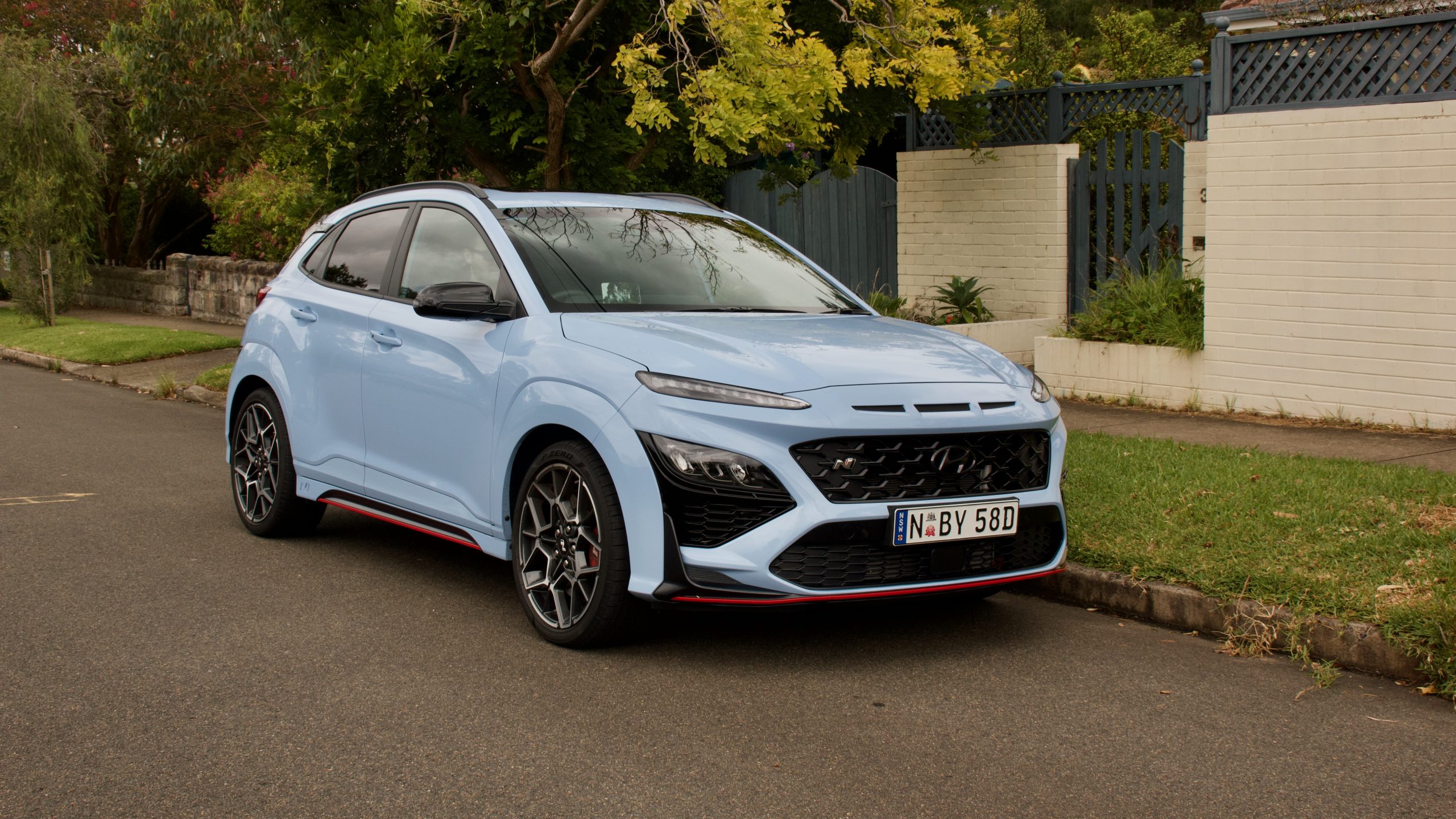
While there are many other performance SUVs on the Australian market, none are available for below $60,000, which means that – for now – Hyundai has the performance SUV market to itself. With a claimed 0-100km/h of just 5.5 seconds, the Kona N is certainly quick and will ruffle a few feathers at the traffic light drag races, especially against some other performance products that can handle at least one of your children.
Price & Equipment: 8/10
There are two different models of the Kona N: the standard N and the N Premium – we tested the latter, which is priced at $50,500 plus on-road costs (around $56,000 drive away). The Kona N Premium is equipped with 19-inch alloy wheels wrapped in bespoke Pirelli P Zero HN tyres, adaptive dampers, drive mode selection with an N mode, a valved active exhaust system, an electro-mechanical limited-slip differential, performance brakes, sports seats, alloy sports pedals, keyless entry and start, a 10.25-inch touchscreen with digital radio, Apple CarPlay, Android Auto and satellite navigation, a 10.25-inch driver’s display, LED lighting, an eight-speaker Harmon Kardon sound system, auto lights and wipers, auto-folding mirrors and rear privacy glass.
The Kona N Premium also features suede/leather-appointed seats, heated and cooled electric front seats, a heated steering wheel, an auto-dimming rear mirror, a sunroof and ambient lighting over the standard N – definitely worth the extra $3,000 spend, in our opinion.
Standard safety equipment includes seven airbags, auto emergency braking (AEB) with pedestrian and cyclist detection, lane departure warning with lane trace assist, blind-spot monitoring and rear cross-traffic alert (both with active braking), a heads-up display, speed sign recognition, adaptive radar cruise control, driver attention monitoring, auto high beam, an alarm, front and rear parking sensors, a reversing camera and tyre pressure monitoring.
There are seven colours available with the Kona N – our test car’s ‘Performance Blue’, ‘Atlas White’ and ‘Ignite Flame’ (red) are the standard offerings and ‘Cyber Grey’, ‘Dark Knight’ (dark grey) and ‘Phantom Black’ cost $595 extra. Finally, ‘Galaxy Gold’ is a matte paint that attracts a $1,000 premium.
Searching for competitors to the Kona N is a bit of a challenge as nothing for the price gives quite the same mix of performance and relative practicality. Those looking for performance will no doubt cross shop hot hatches like the Golf GTI (around $60,000 drive away), Focus ST ($52,000), Megane RS ($59,000) and – as much as Hyundai might not like to admit it – the i30 N ($49,000).
But other options exist for a family-friendly car that offers performance, such as the Volkswagen Tiguan 162TSI R-Line ($61,000), Skoda Karoq Sportline ($45,000), Skoda Octavia RS wagon ($56,490) and Mazda6 GT SP wagon ($53,000).
Performance & Economy: 9/10
Those familiar with the i30 N will recognise under the bonnet of the Kona N: a 206kW/392Nm 2.0-litre turbocharged four-cylinder petrol engine, which is almost the most powerful out of the competitor set mentioned here – only the Megane RS punches harder. Like the i30 N, the Kona N is front-wheel drive and unlike the i30 N, the six-speed manual is not available with the only transmission option an eight-speed dual-clutch automatic. Thankfully, like the i30 N, the Kona N sounds great – especially in N mode, which opens up the exhaust for lots of pops and bangs.
Like in the i30 N, the Kona N’s engine is a firecracker. Producing maximum torque from just 2,100pm, the Kona N’s peak shove comes on early in the rev range and continues right through to the 6,700rpm redline. With a claimed 0-100km/h sprint time of just 5.5 seconds – quicker even than the 221kW Megane RS – the Kona N is very quick, especially for a small SUV. Plus, thanks to its quick shifting transmission, the Kona N feels even quicker going through the gears. It’s a whole ball of fun.
The eight-speed dual-clutch transmission is also used in the Sonata N Line, and our experience with it in the Kona N was more positive than in that car. There’s very little of the low-speed hesitancy that is typical of dual-clutch autos – generally it’s quick and very well sorted. When you’re on it, it’s even better and feels as though it’s an extension of your brain – use the paddles and it’s even better with quick and crisp shifts.
Hyundai claims combined consumption of 9L/100km and in our mixed testing, we achieved 11.4L/100km – though we weren’t exactly driving economically. The Kona N must use 95RON premium unleaded and has a 50-litre fuel tank.
Ride & Handling: 9/10
Coming from the same base as the i30 N hatchback, the 2022 Hyundai Kona N handles better than any SUV has any right to. The meaty and sharp steering gives the upmost confidence in bends, while the limited-slip differential and large 19-inch wheels with grippy N-specific Pirelli tyres pull you out of corners at speeds you wouldn’t believe – certainly faster than softer rivals like the Focus ST and Golf GTI.
Unlike the Kona N-Line, the Kona N is front-wheel drive and while we would have liked to have seen all-wheel drive offered, the FWD chassis is fantastic and aside from some axle tramp from a standstill, you’re rarely lacking in grip. Like the i30 N, it’s not the most precise car to chuck around, but it is very fun. Of course, it does understeer if you’re silly with it, but get it into a groove and the Kona N can be ferociously fun and very fast. In this case, N stands for Naughty.
Again, like the i30 N, the Kona N is firm – probably firmer than the i30 N, thanks to the Kona’s shorter wheelbase. Even on smoother roads, you’re always aware of the Kona N’s sporting personality thanks to the stiffness of the suspension and it certainly lets you know of the areas of your body that you need to lose weight. But that goes with a car with such a sporting personality and those expecting a Golf GTI style of all-rounded ability should buy just that as the Kona N is far rawer and less refined.
Because of this raw nature, the Kona N’s road noise levels can be high at higher speeds, and its visibility isn’t great. But that’s what comes with such a hard sporting attitude and aside from the also-hard Megane RS and i30 N, all of its competitor set is noticeably softer but better all-round.
Interior & Practicality: 7/10
Unlike the rest of the Kona N package, the interior is relatively unchanged from the the regular Kona range. The N transformation budget was clearly used in the performance upgrades, and the cabin has been left looking almost identical to the cabin of a Kona N-Line, for example. The N transformation inside is limited to N-specific dials, menus in the screen, sports seats, pedals and the juicy thick N steering wheel with enlarged paddle shifters.
The quality inside the Kona N’s cabin is very much like the regular Kona with mostly hard surfaces, dark materials and a generally well-built feeling. Thankfully, the Kona N Premium features a sunroof to let in some light as it’s otherwise pretty dark. The use of the light blue stitching in the cabin does add a bit more colour to the cabin, though we’d like to see more such as a leather panel on the dashboard or more N badging to make it feel more special.
Centre of the Kona N’s cabin is a 10.25-inch touchscreen with wired Apple CarPlay and Android Auto, satellite navigation and digital radio. As is the case with the same screen in all other Hyundai Kia products, the screen is quick, intuitive and great to look at with vibrant colours and sharp graphics. The Harman Kardon sound system is reasonably punchy as well.
The Kona N’s cabin is reasonably practical with nicely sized door bins, a big box underneath the front centre armrest, a tray ahead of the shifter with a wireless phone charger and two cupholders in the centre console – not Skoda or Volkswagen practical, but still reasonable.
The back seat of the Kona N is perhaps its biggest downfall – it’s tight for space for even six-footers. There are a few features such as door pockets, a centre arm rest with cupholders, map pockets and a USB charging port – but not heated seats or rear air vents like the Mazda6 wagon or Octavia RS wagon.
The boot of the Kona N is the same size as the regular Kona at 361-litres, which opens up to 1,143L with the rear seats folded flat – that’s right, there’s no rear strut brace from the i30 N in the Kona N. The boot has some underfloor storage, a space saver spare wheel, a net and tie down points. 361L is almost the smallest boot when comparing to any of the aforementioned rivals – an i30 N offers 20L more at 381L, a Megane RS 434L, a Mazda6 GT wagon 506L, a Karoq Sportline 521L, a Tiguan up to 615L and an Octavia RS wagon 640L
Service & Warranty: 8/10
Like the rest of the Hyundai range, the 2022 Hyundai Kona N features a five-year/unlimited km warranty with up to five years of roadside assistance – the warranty uniquely covers track use as well. The service intervals for the Kona N are like the i30 N at once yearly/every 10,000km, which is shorter the industry average of 15,000km. Rivals from all of these brands also offer five-year/unlimited km warranties with similar roadside assistance plans – though Mazda gives you that no matter where your car is serviced.
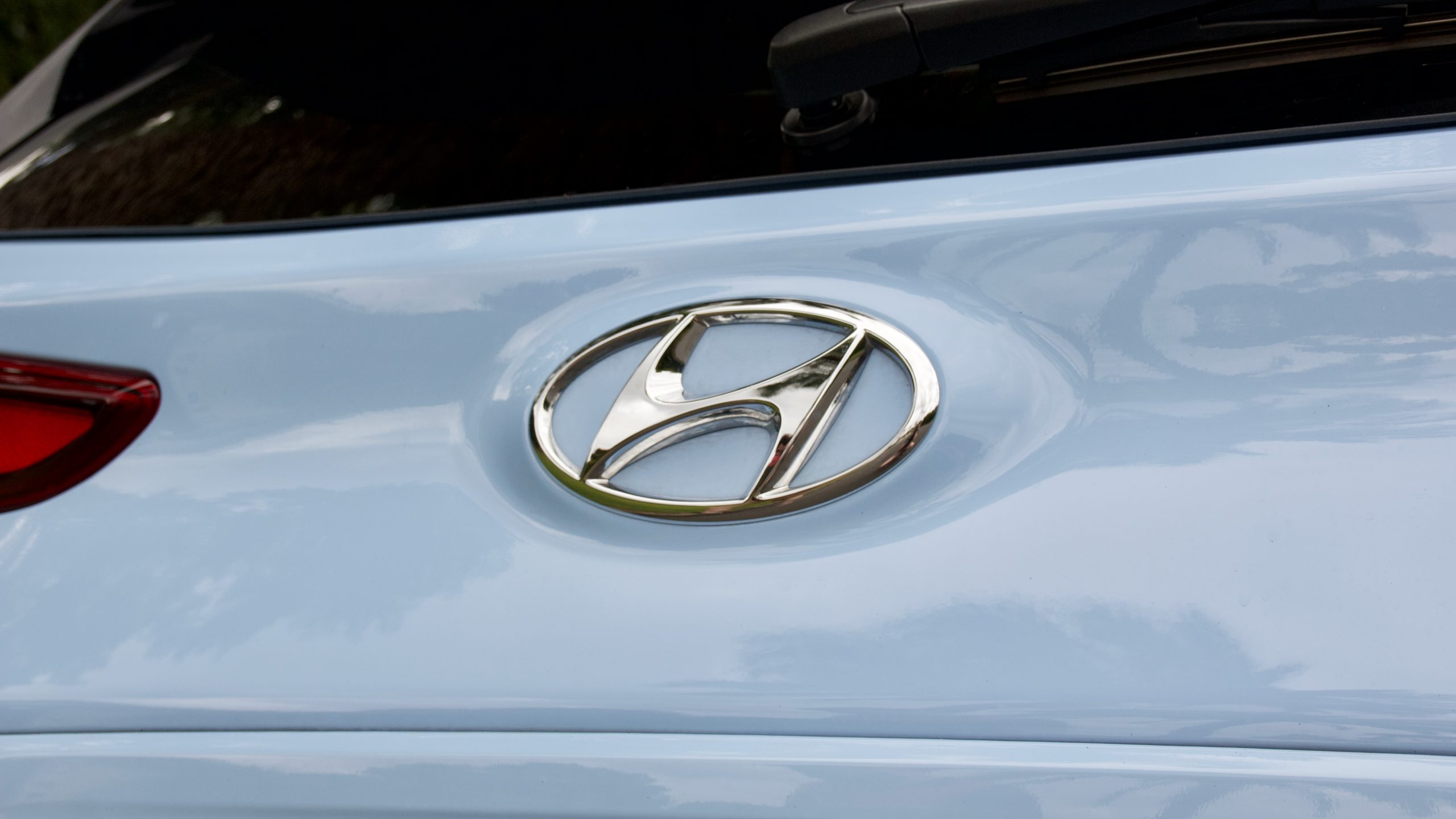
Five years/50,000km of servicing the Kona N costs $1,675 (or $335 per service) – as you’d expect, the i30 N costs exactly the same to service. Competitors cost a varying degree to service – the Volkswagen Group entrants are expensive by comparison. An Octavia RS costs $3,071 to service over the same five years but its longer 15,000km intervals help – a Karoq Sportline costs $2,617 and a Tiguan 162TSI R Line costs $3,708 over the same period. The Focus ST costs $1,845 over the same time period and intervals as the VW Group cars and the Megane RS costs $3,702, but that’s over an even further 100,000km thanks to its 20,000km intervals.
The 2022 Hyundai Kona N DiscoverAuto Rating: 8.2/10
The 2022 Hyundai Kona N is a genuinely surprising product that combines the best parts of the i30 N hatch – the strong engine, fun attitude, addictive noise, engaging handling and reasonable value for money – with a slightly taller body and slightly more standard equipment. In doing so, Hyundai has created a car that – at least until Cupra’s arrival later this year – has no direct rival.
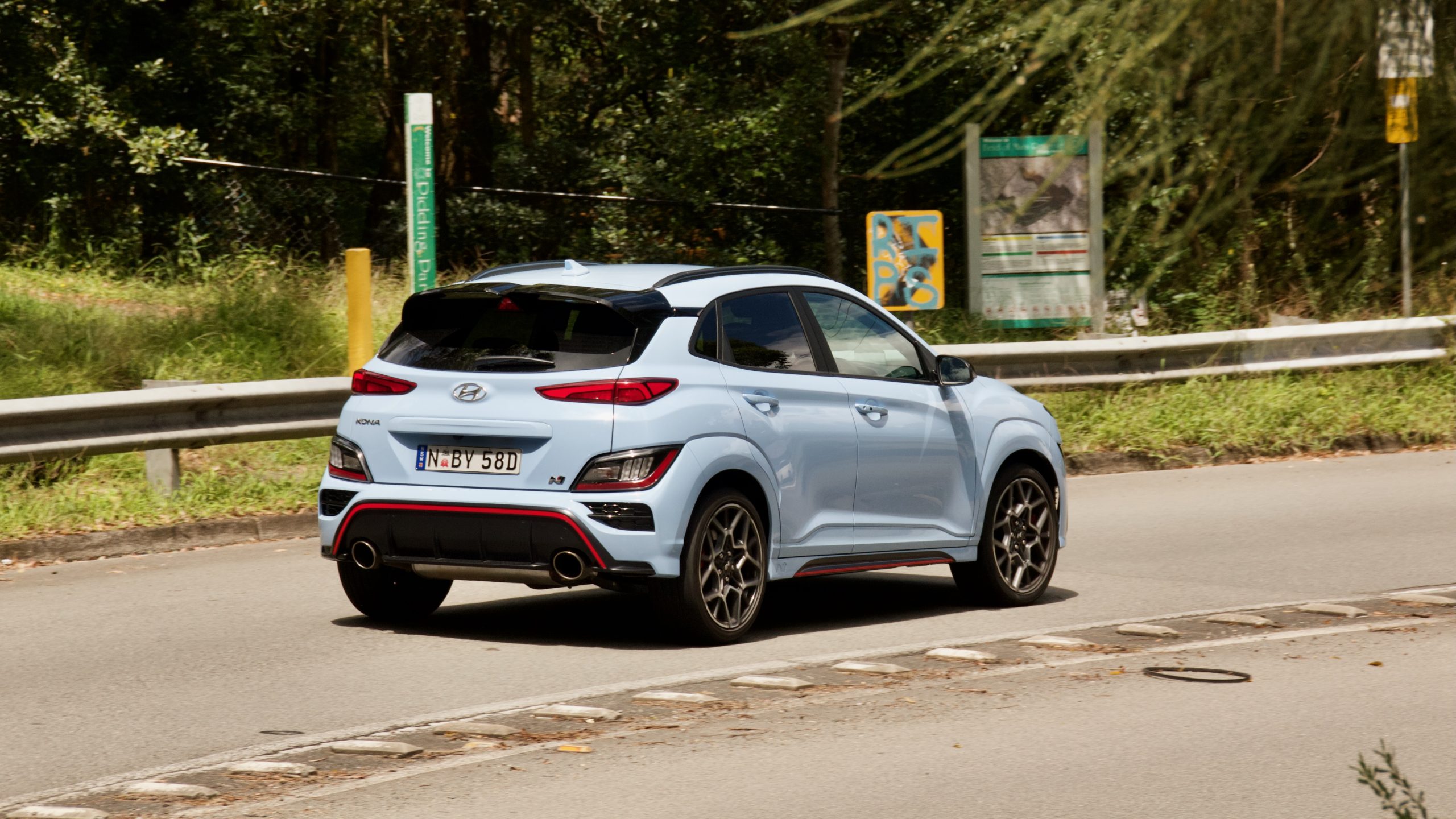
Will it fire up the sales charts? That we aren’t sure of but considering how much Australians love the two things it combines – small SUVs and performance cars – there’s a good chance that Hyundai will be able to sell every one it brings here. It’s not perfect – it’s pretty firm, not as practical as its i30 N sibling and thanks to its SUV body, it’s not quite as sharp as the i30 N – but even so, the Kona N has such a loveable character and that’s one reason to consider it if you’re after a performance car that can also handle family life.
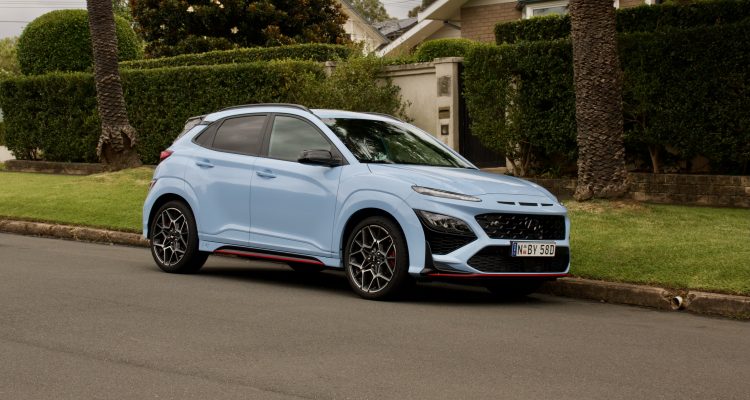
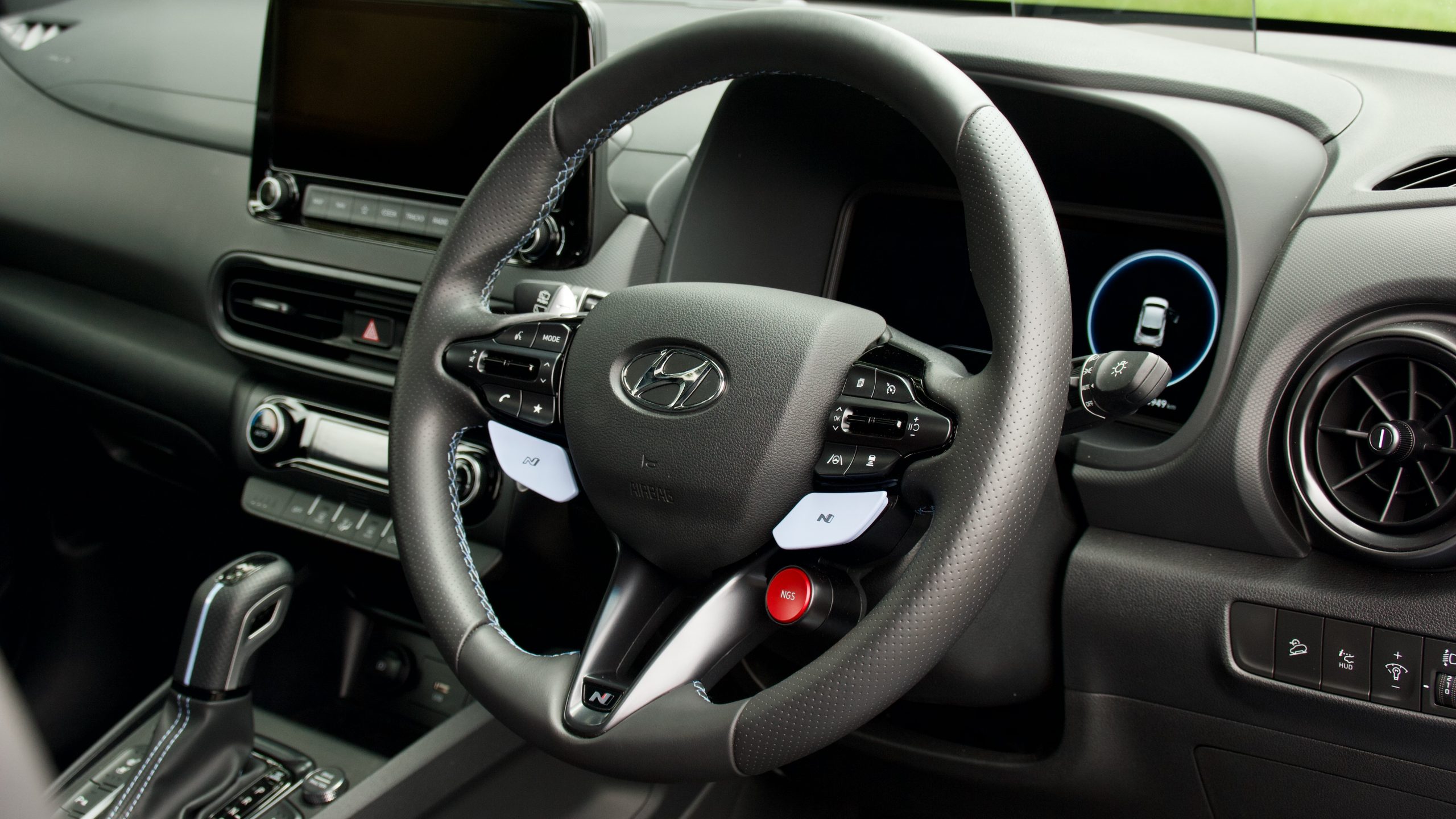
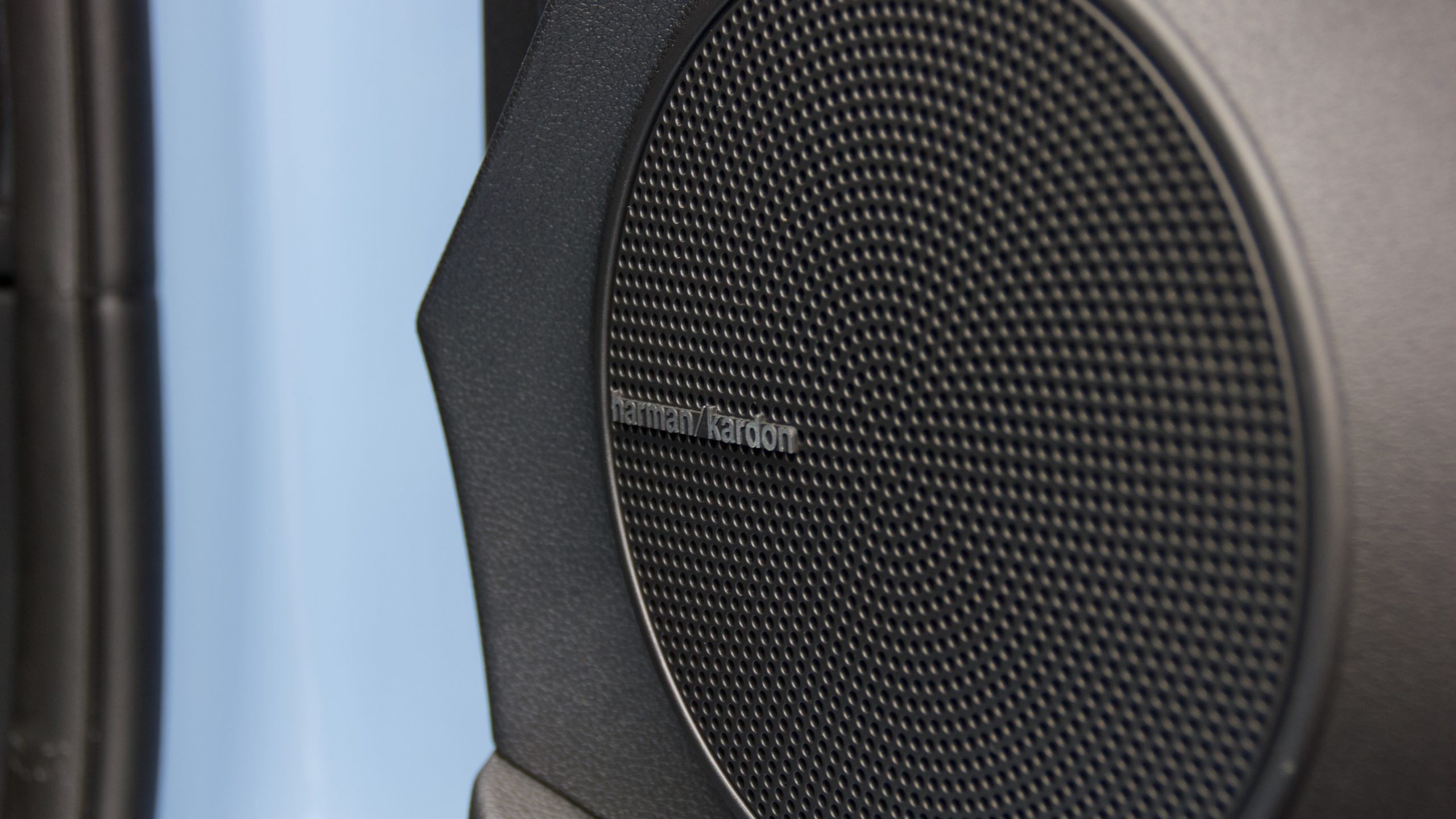
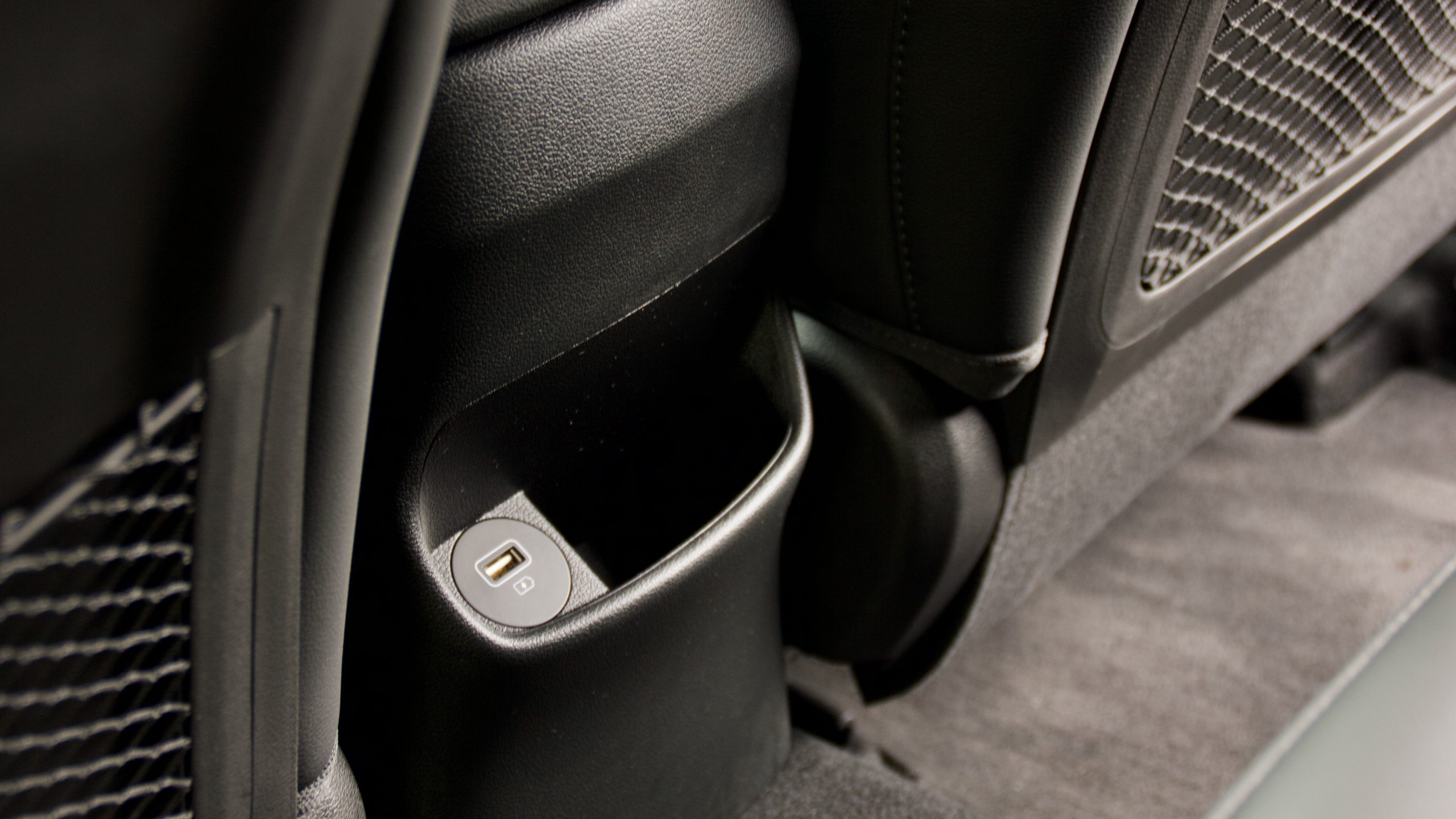
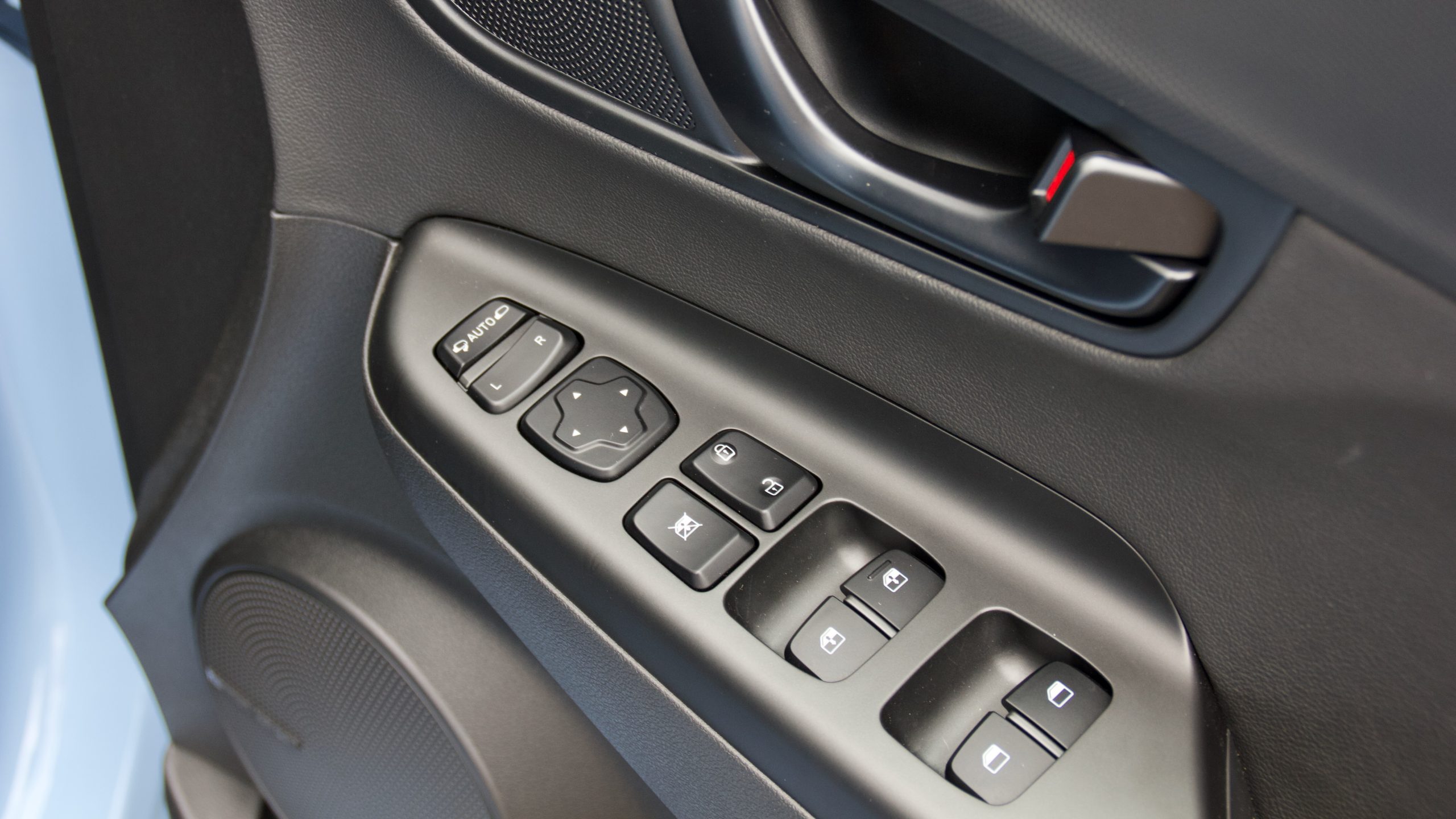
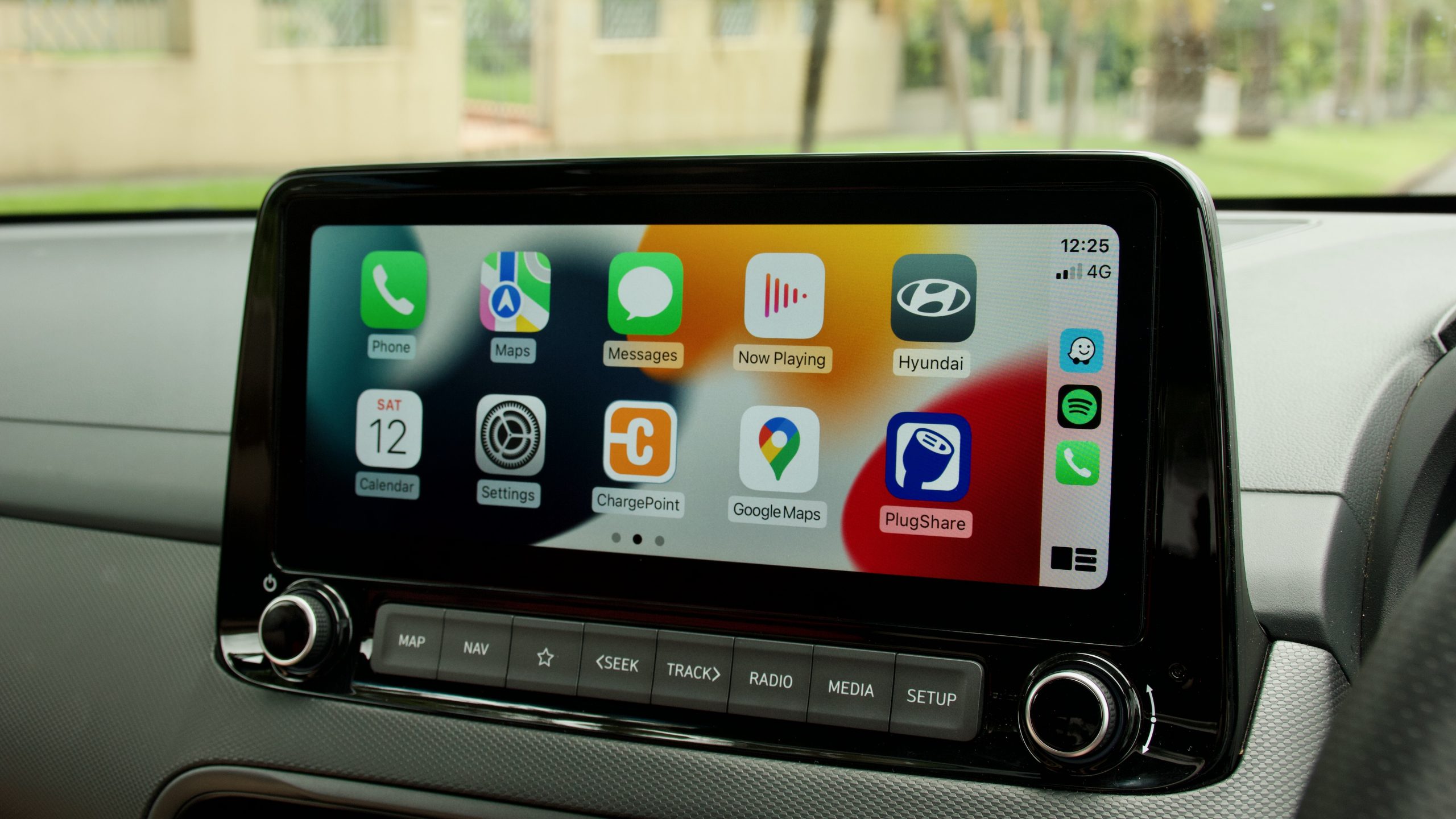
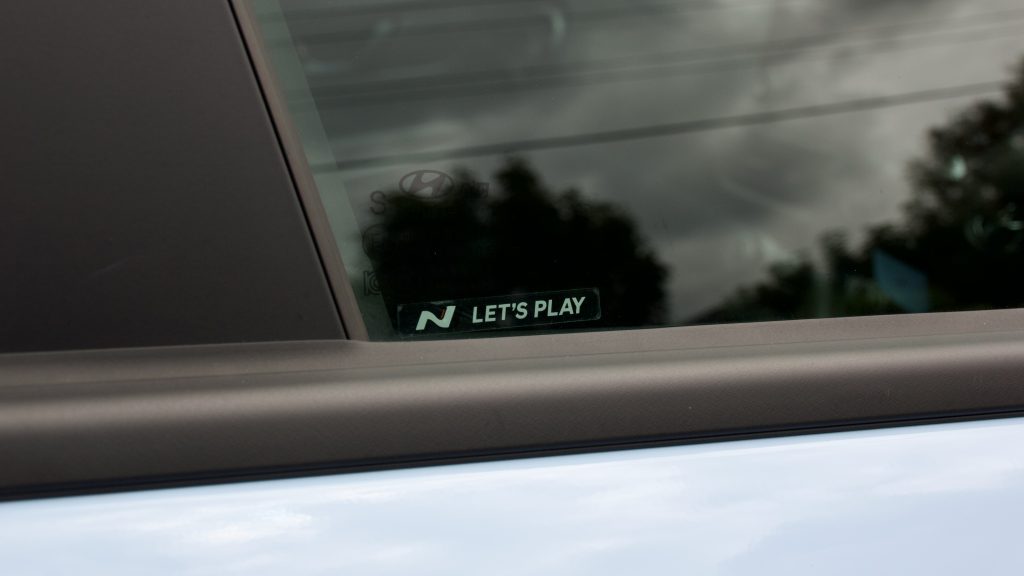
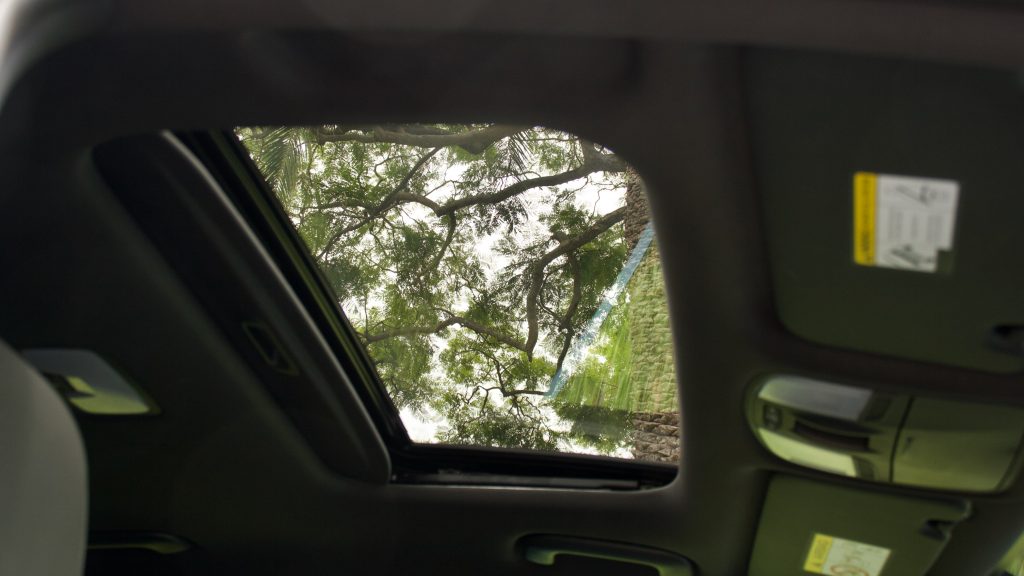
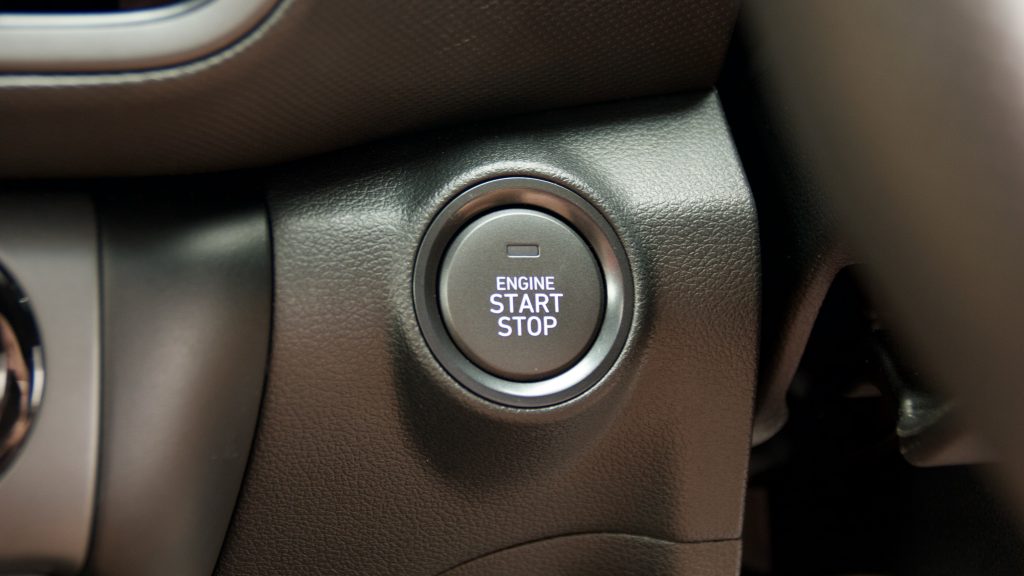
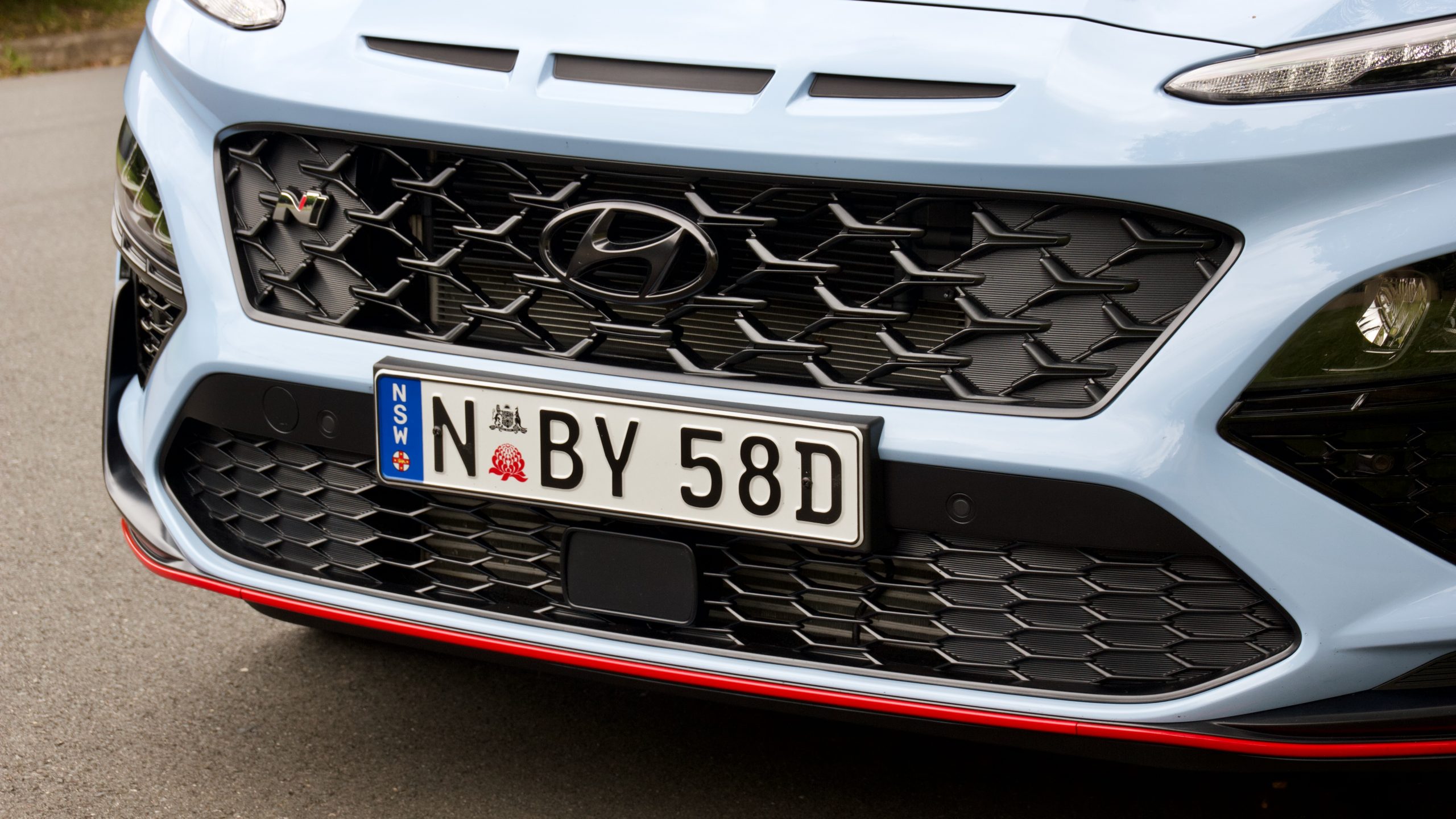
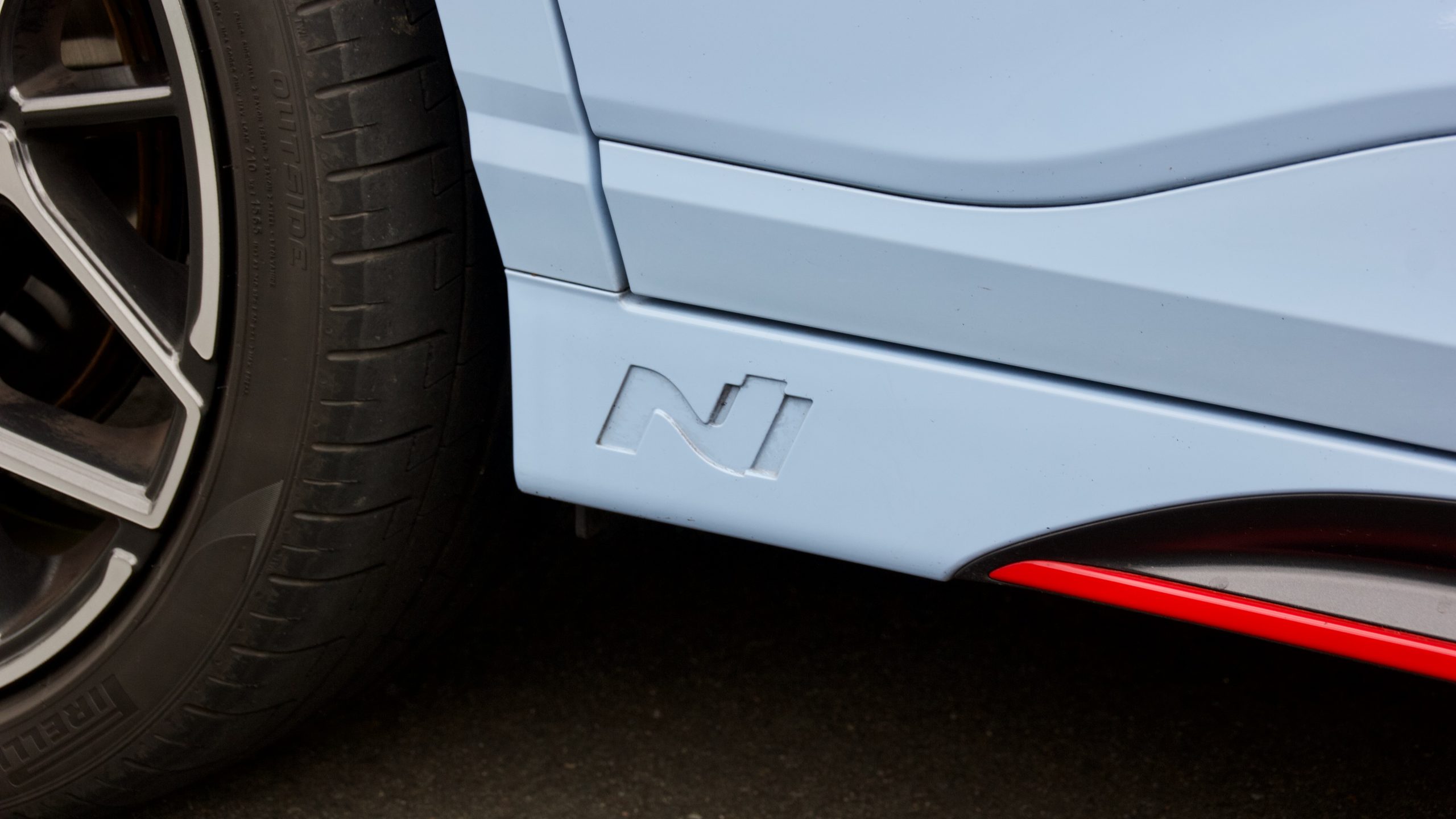
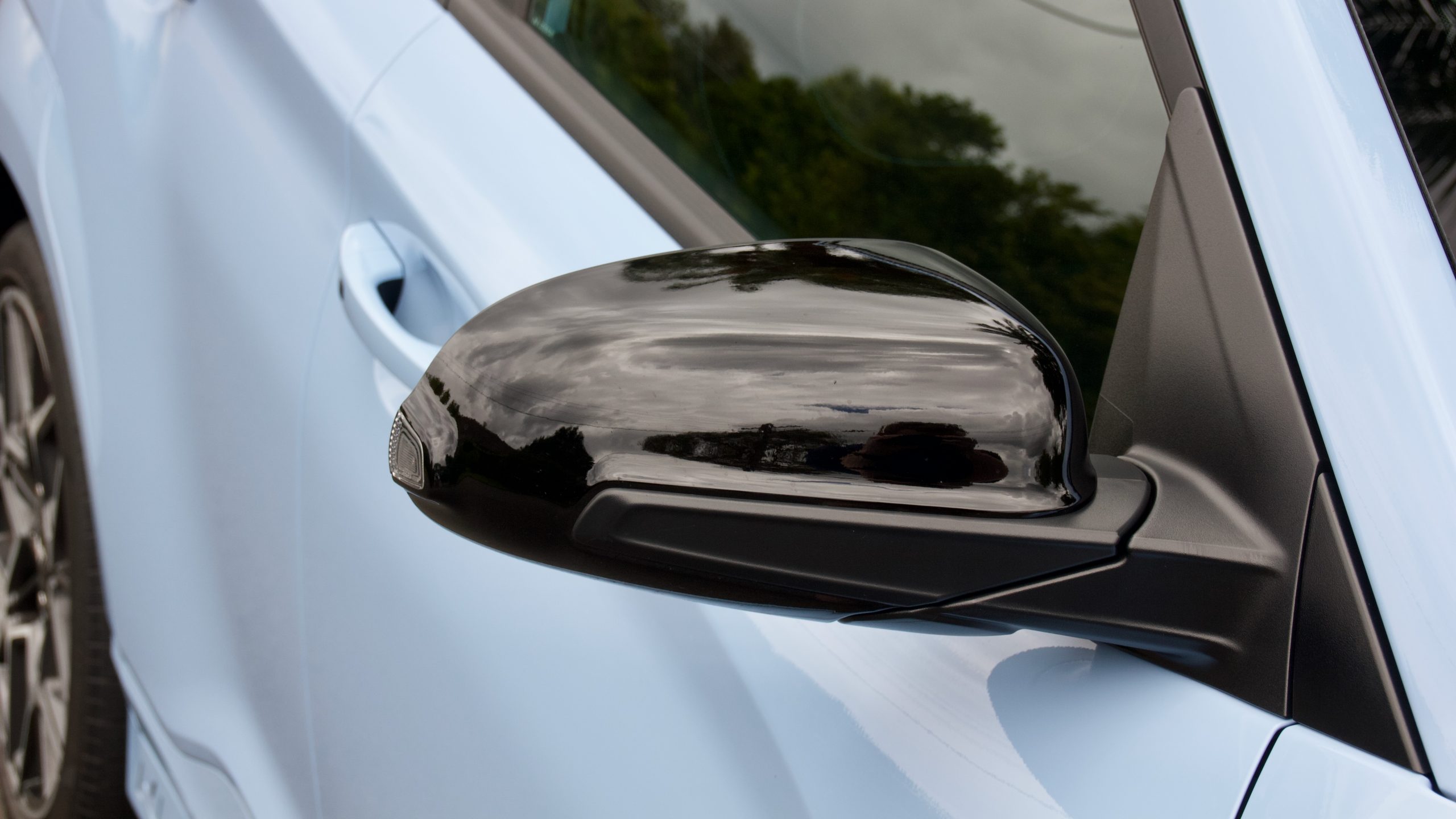
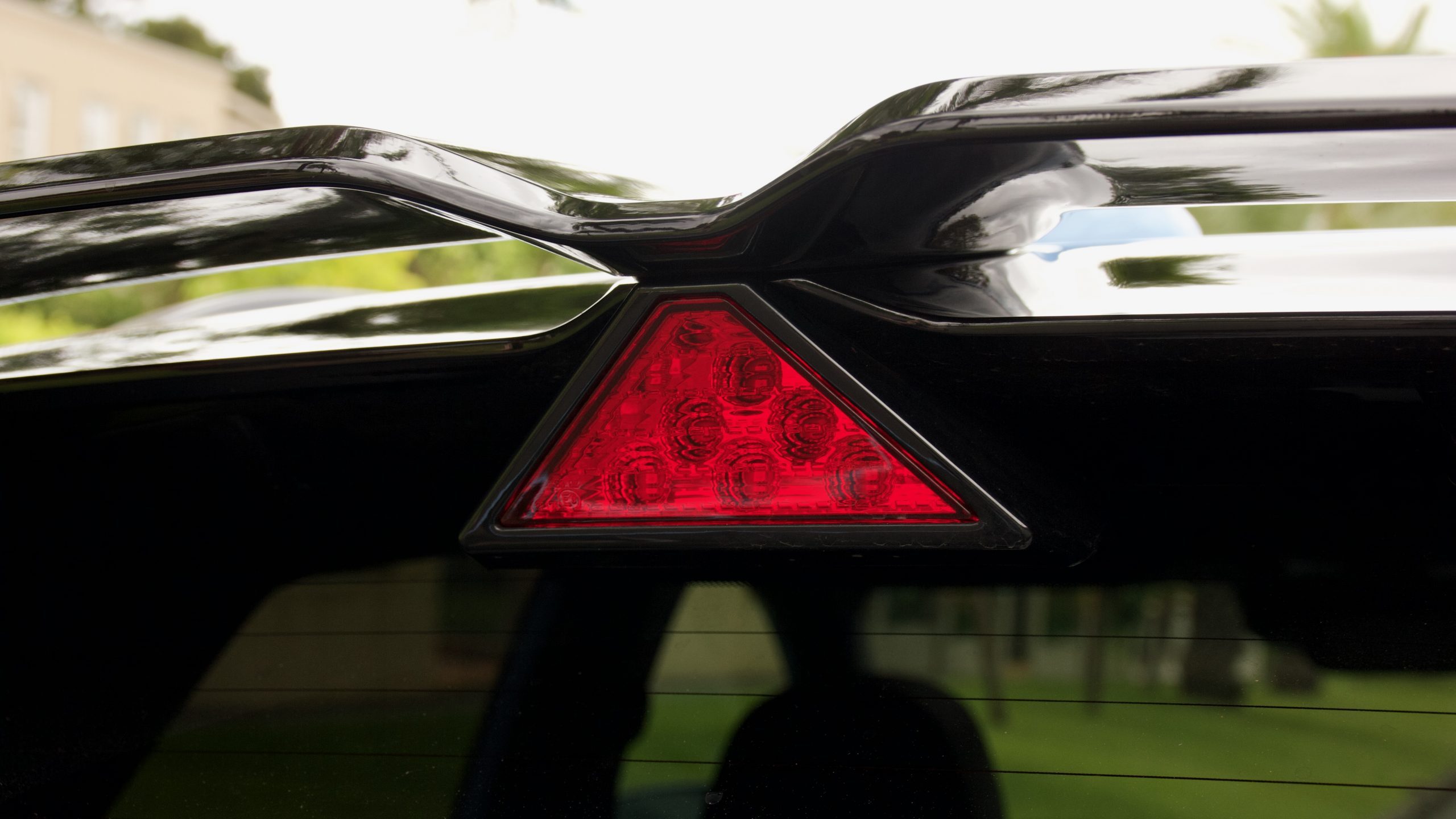
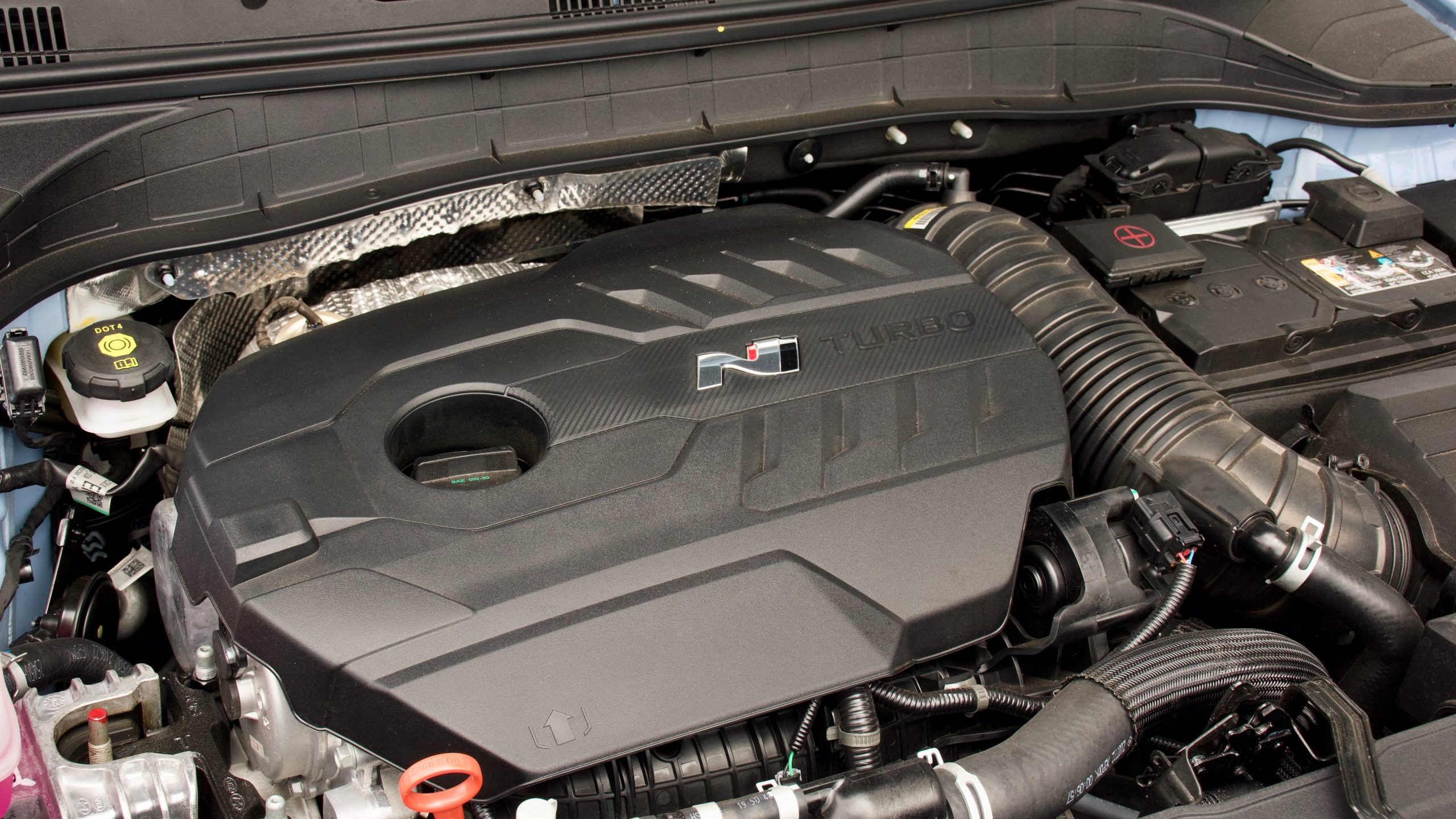
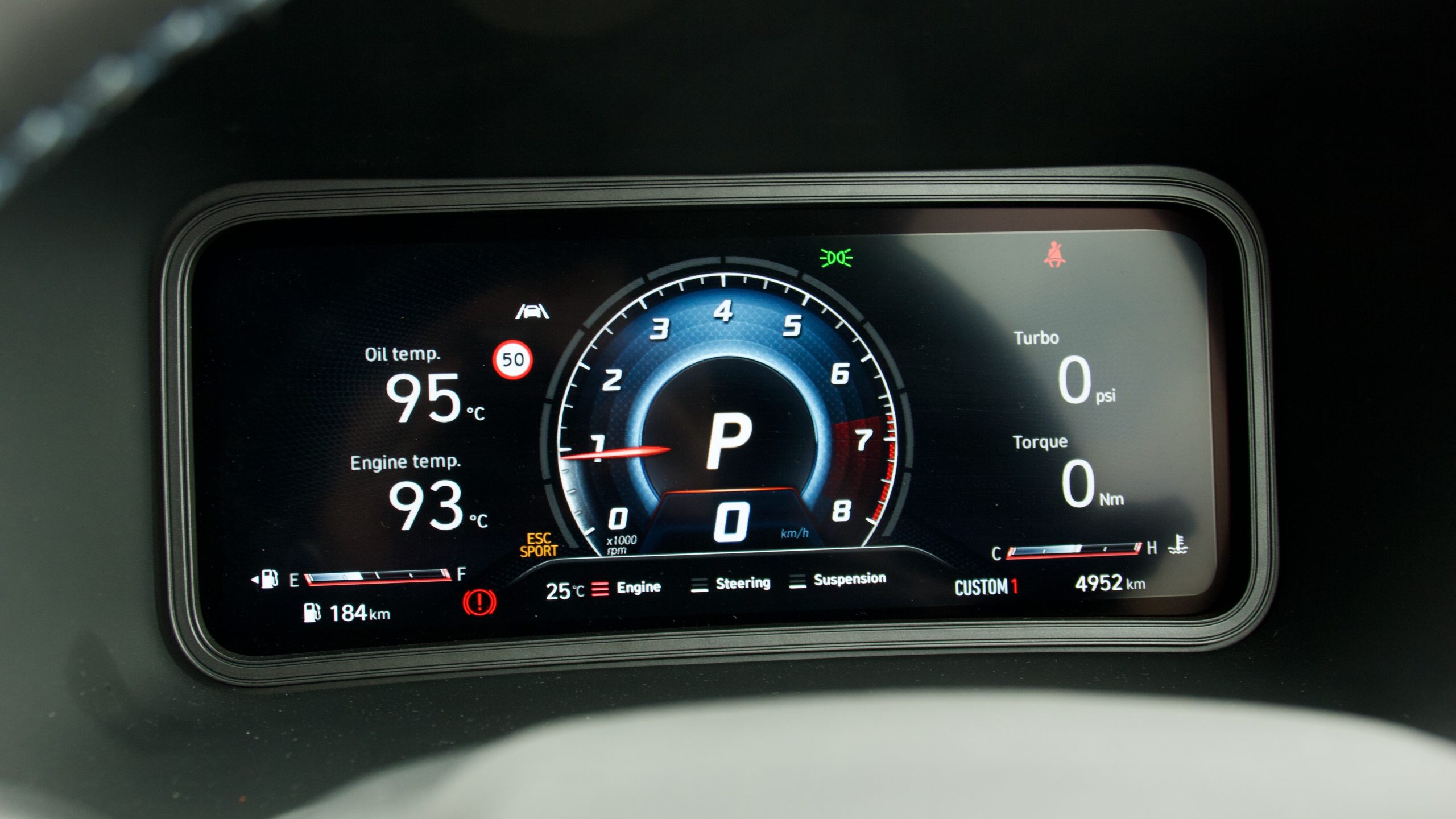
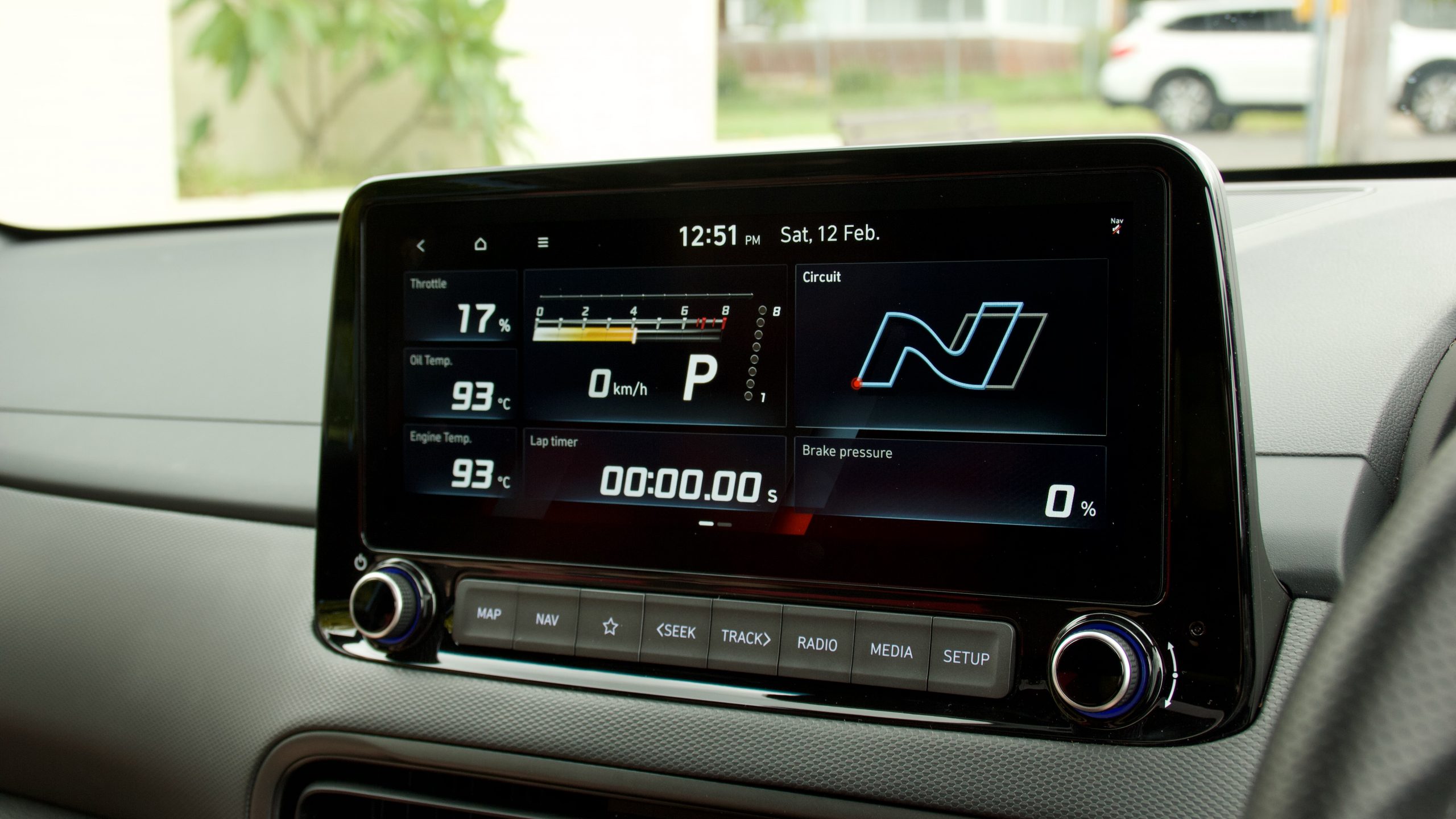
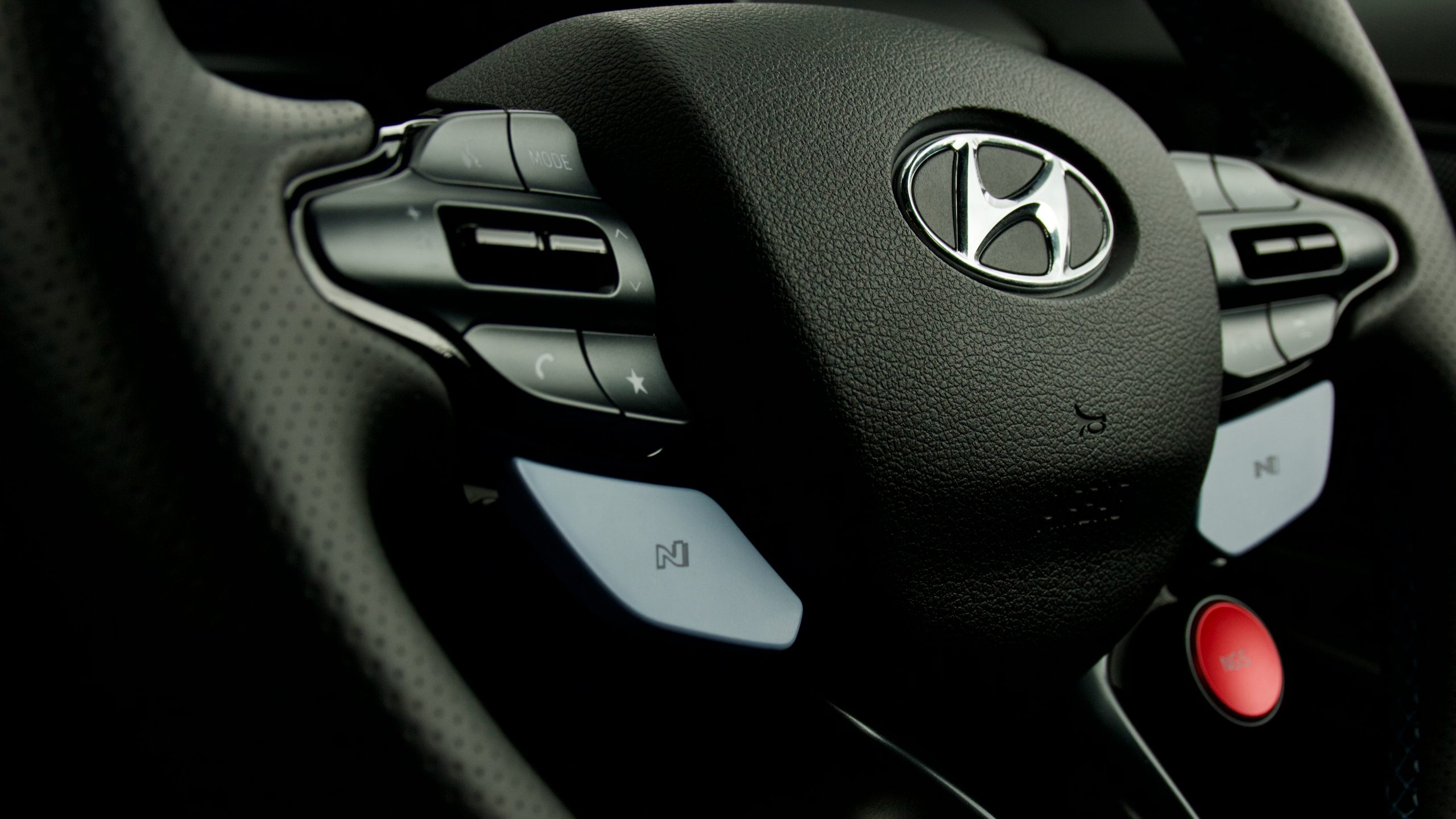
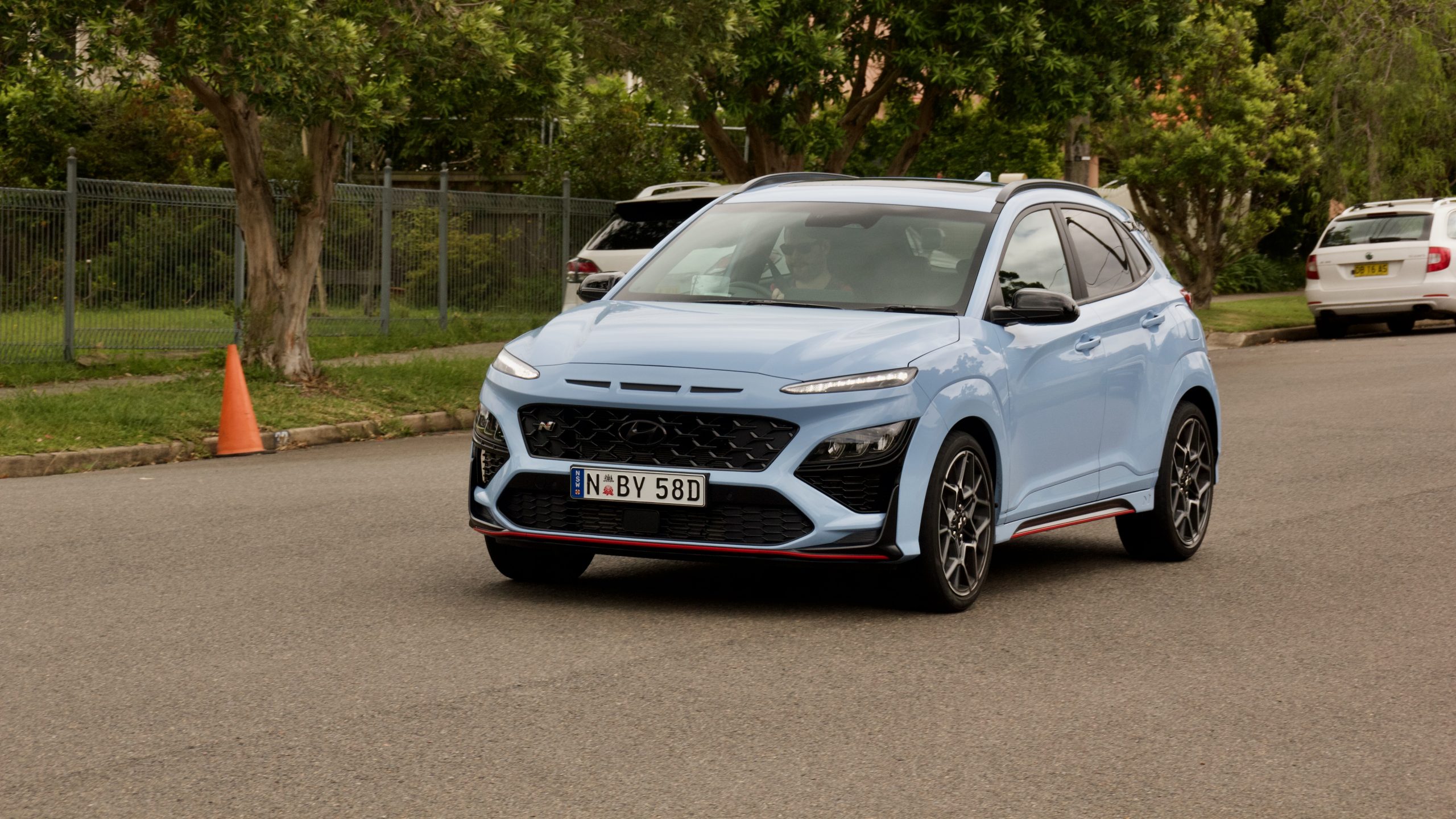
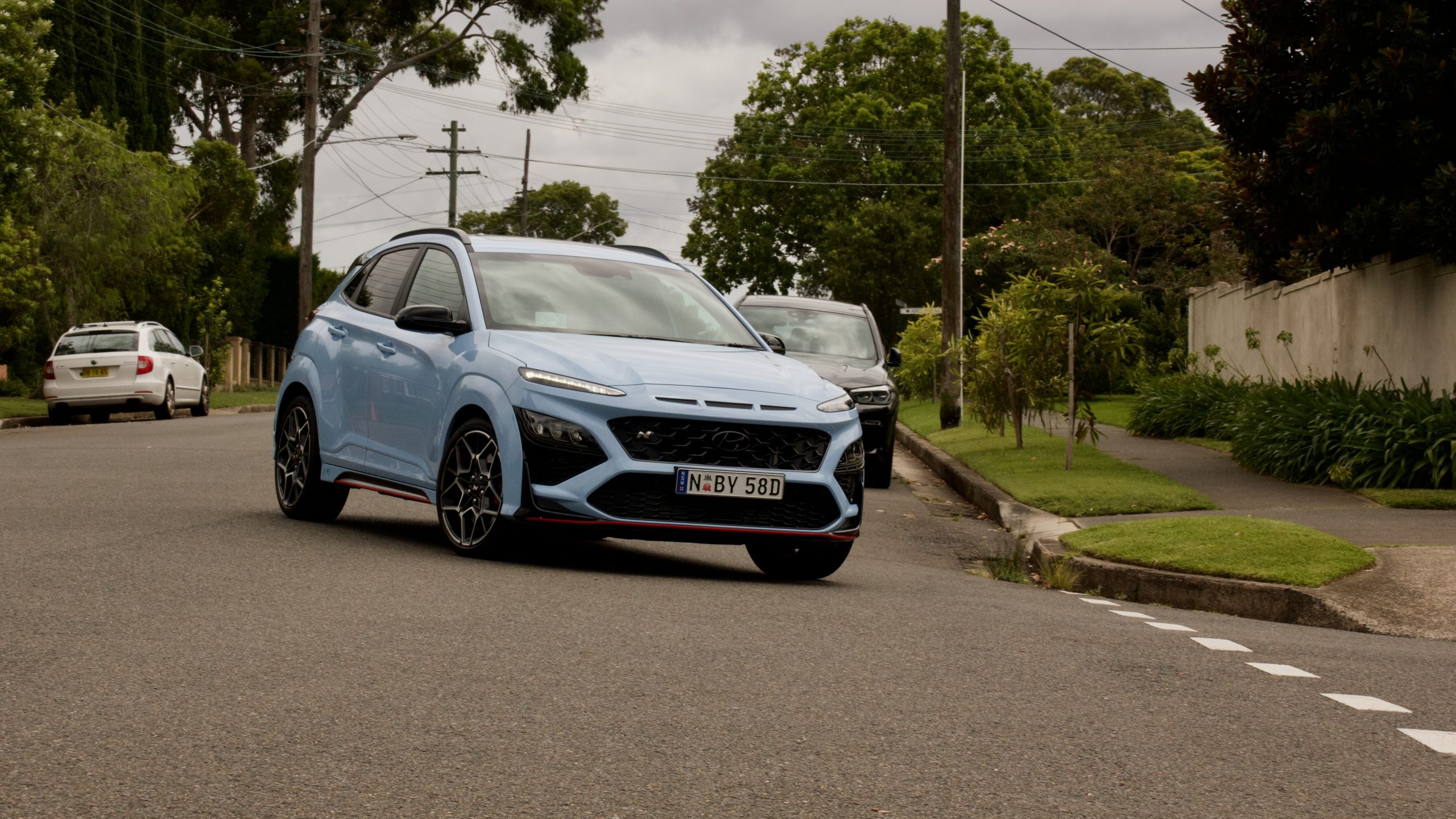
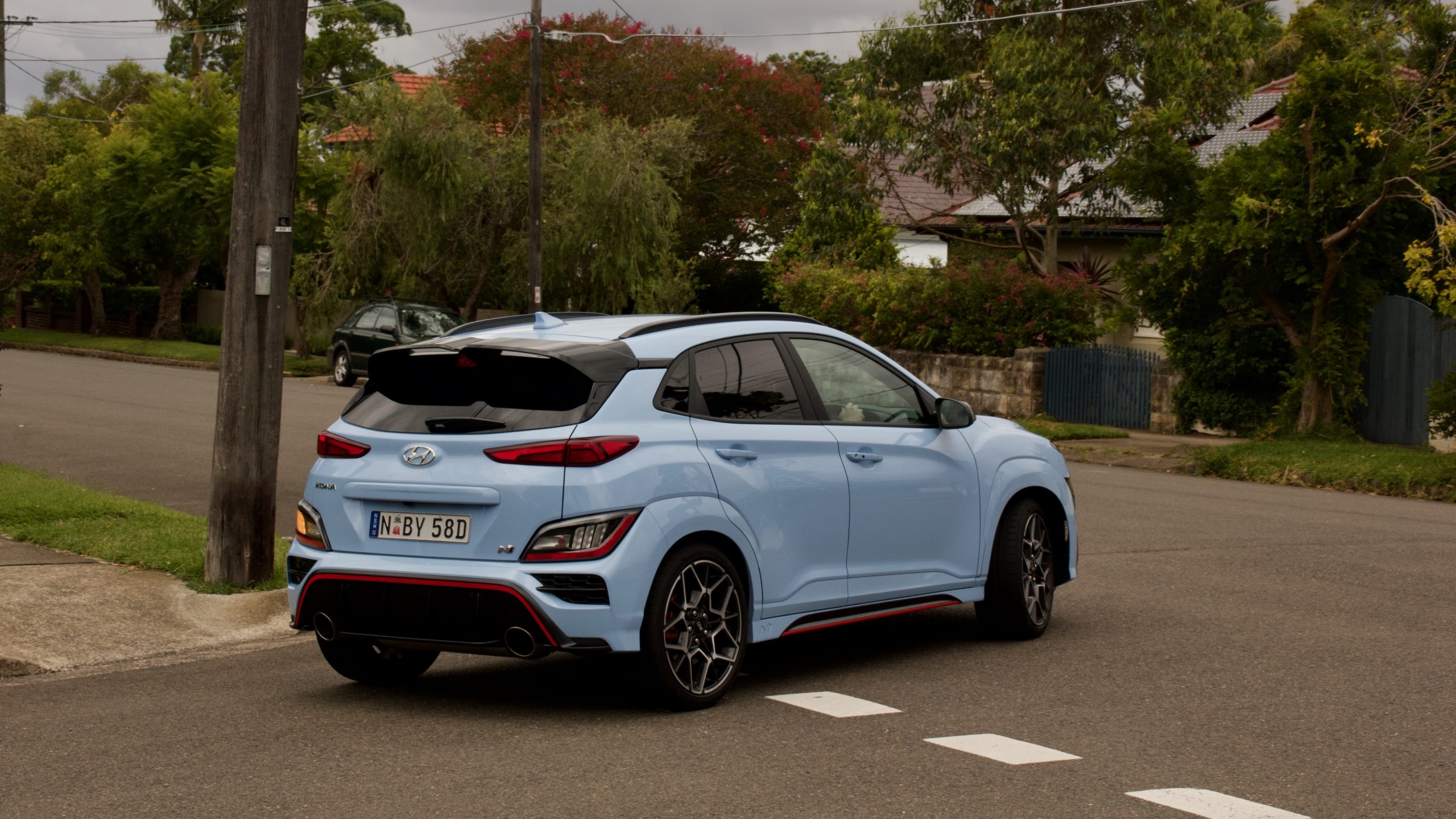
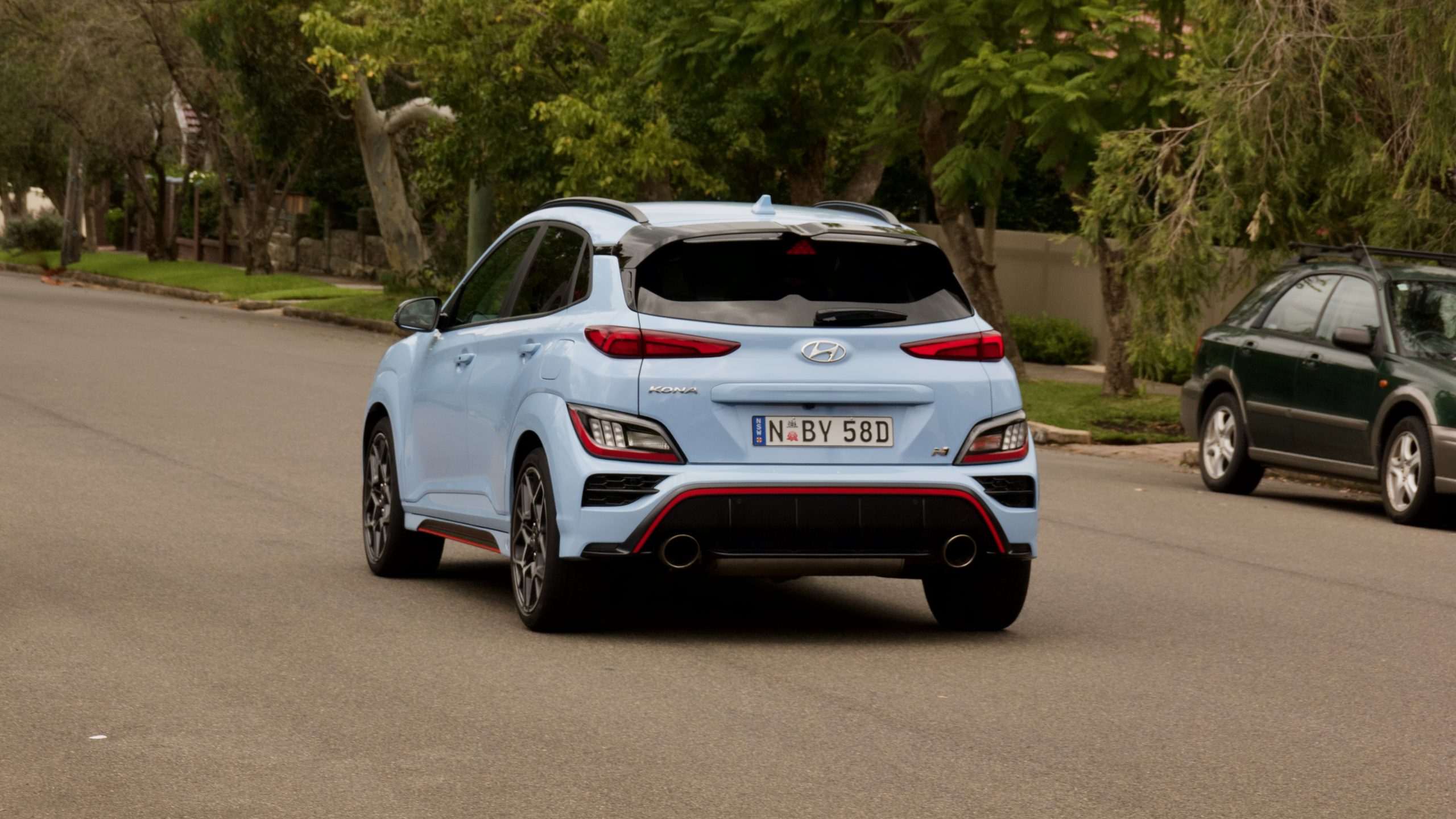
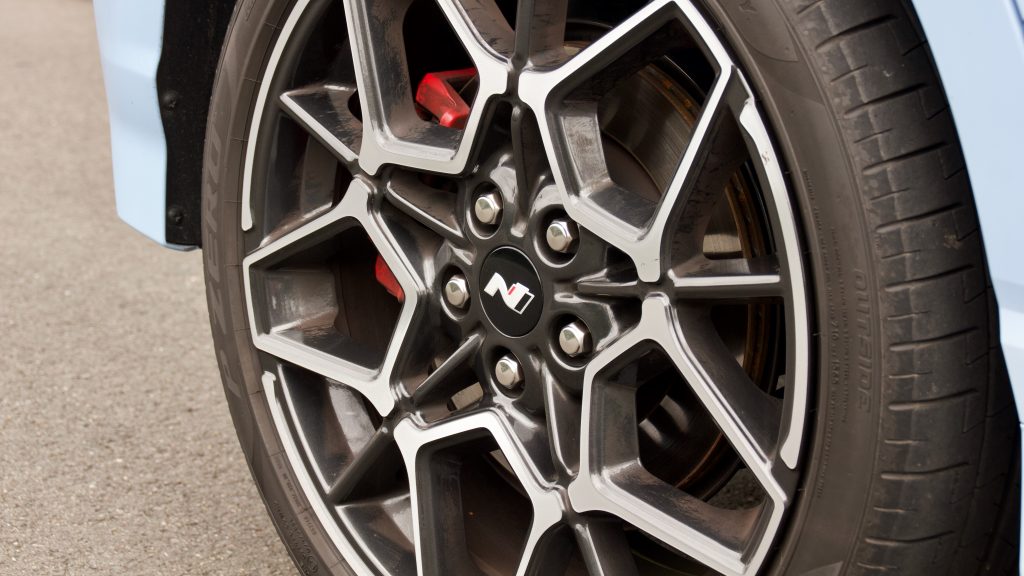
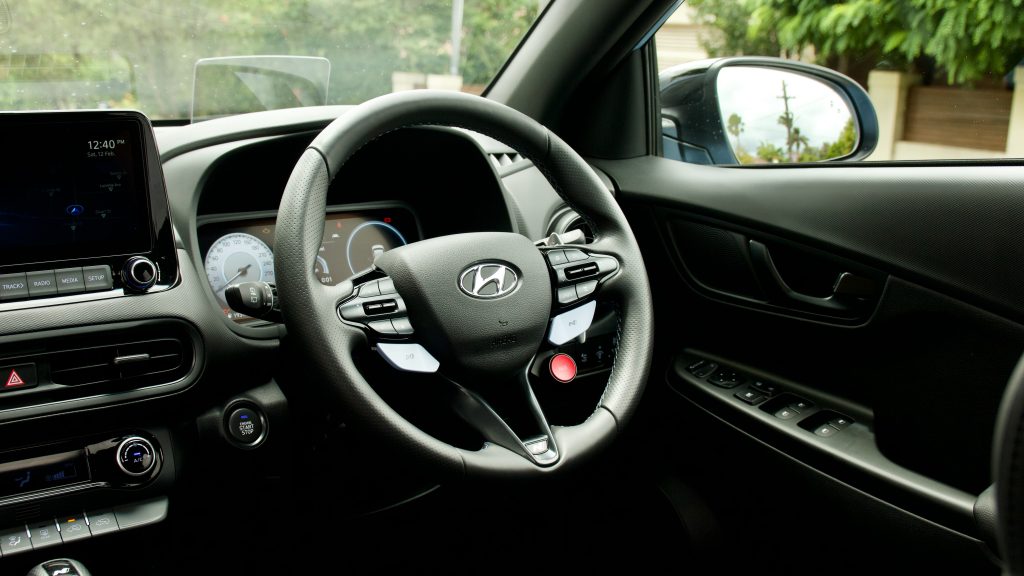
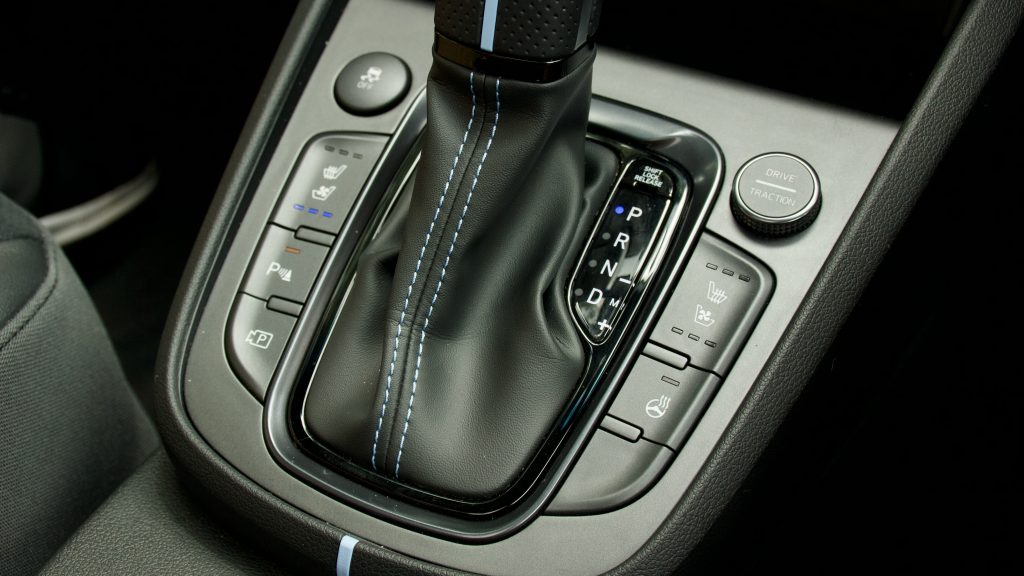
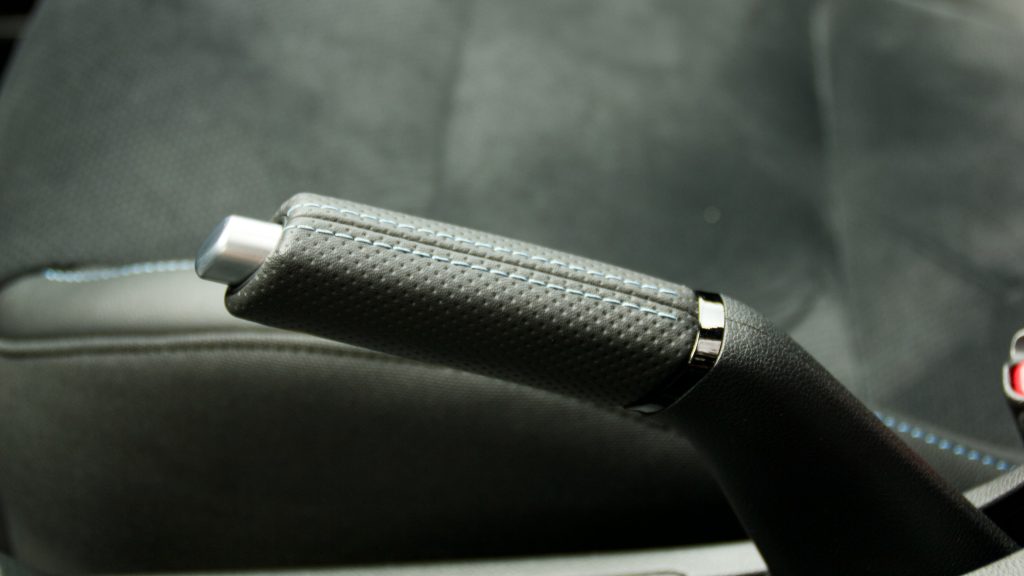
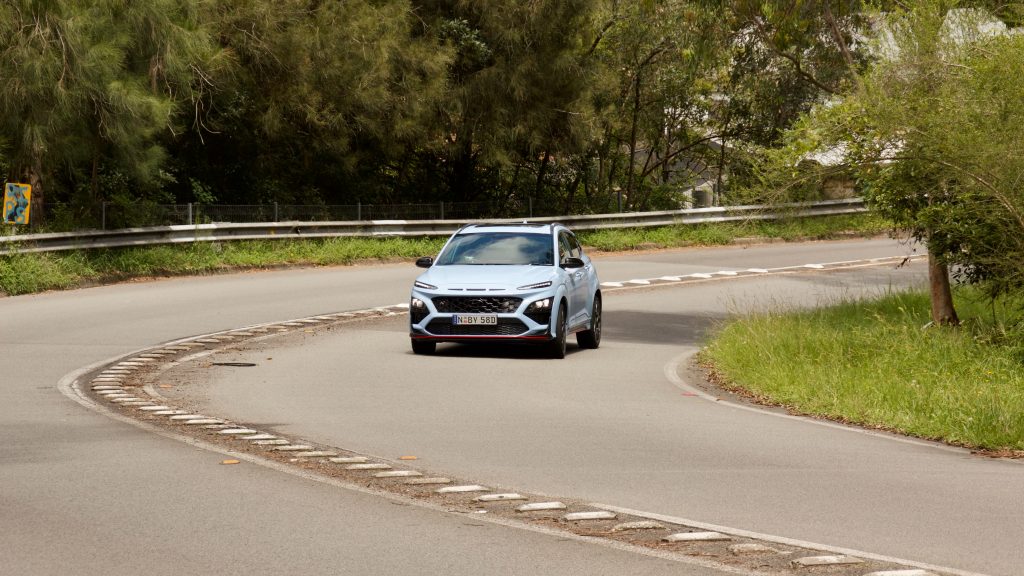
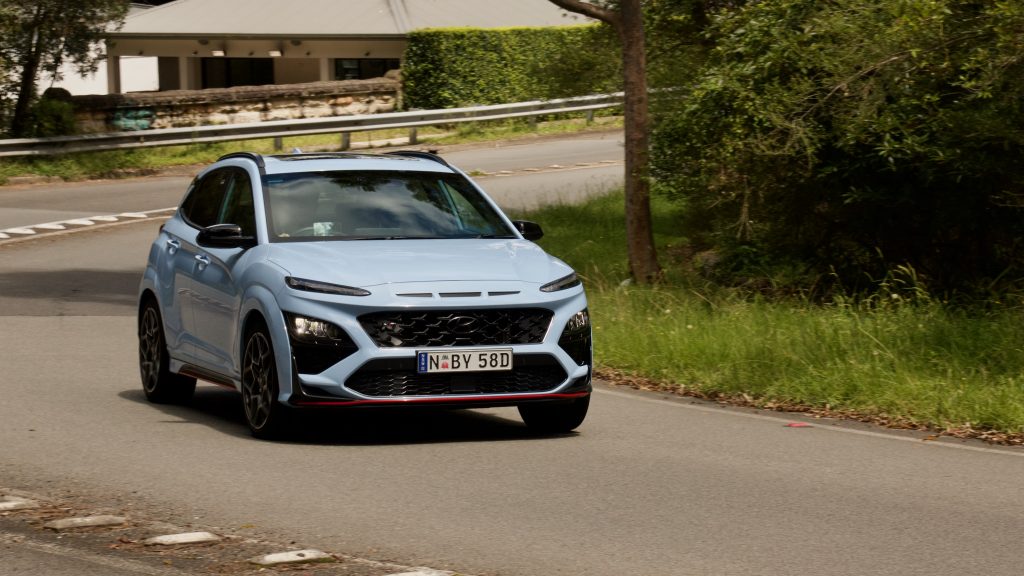
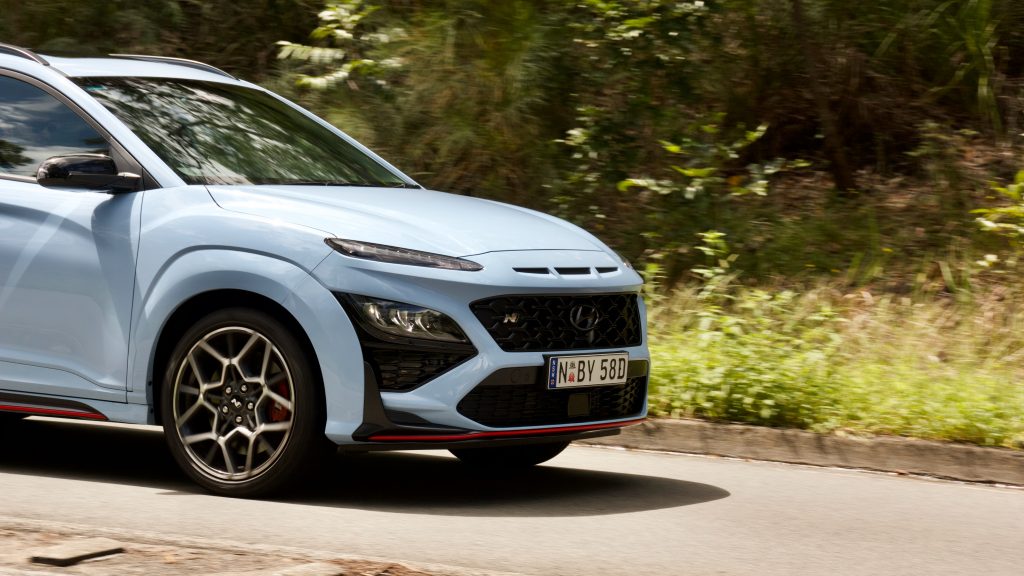
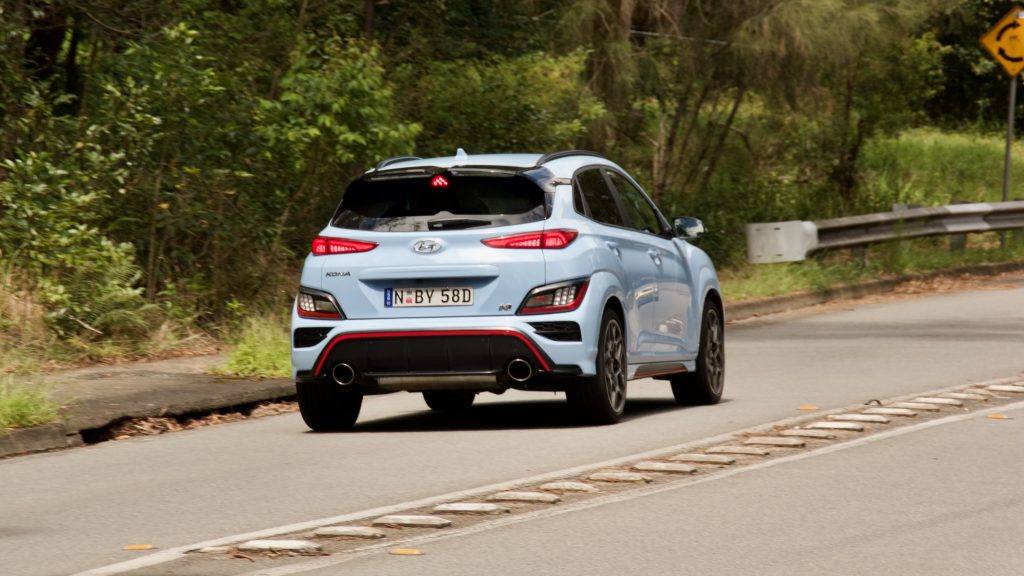
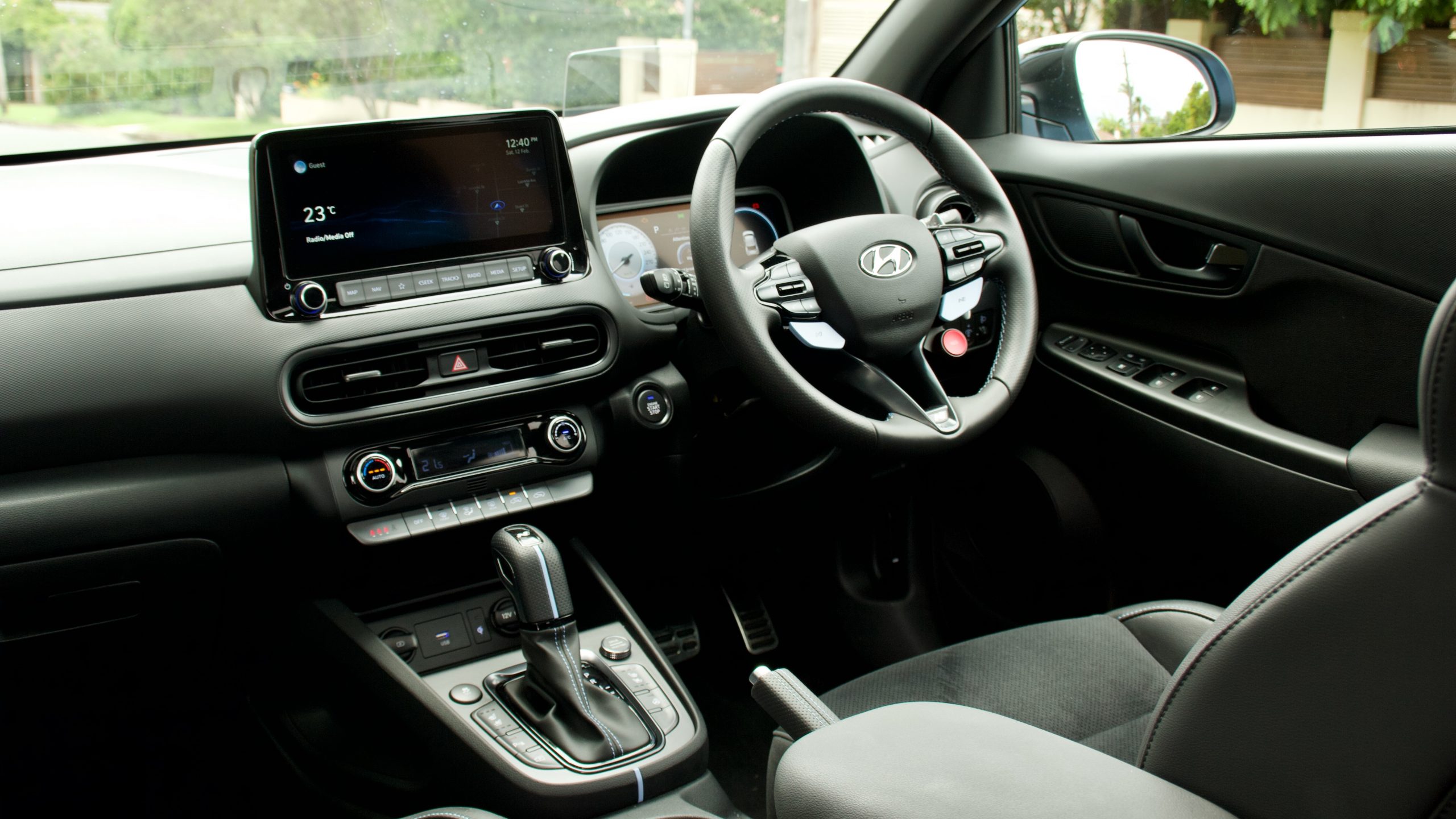
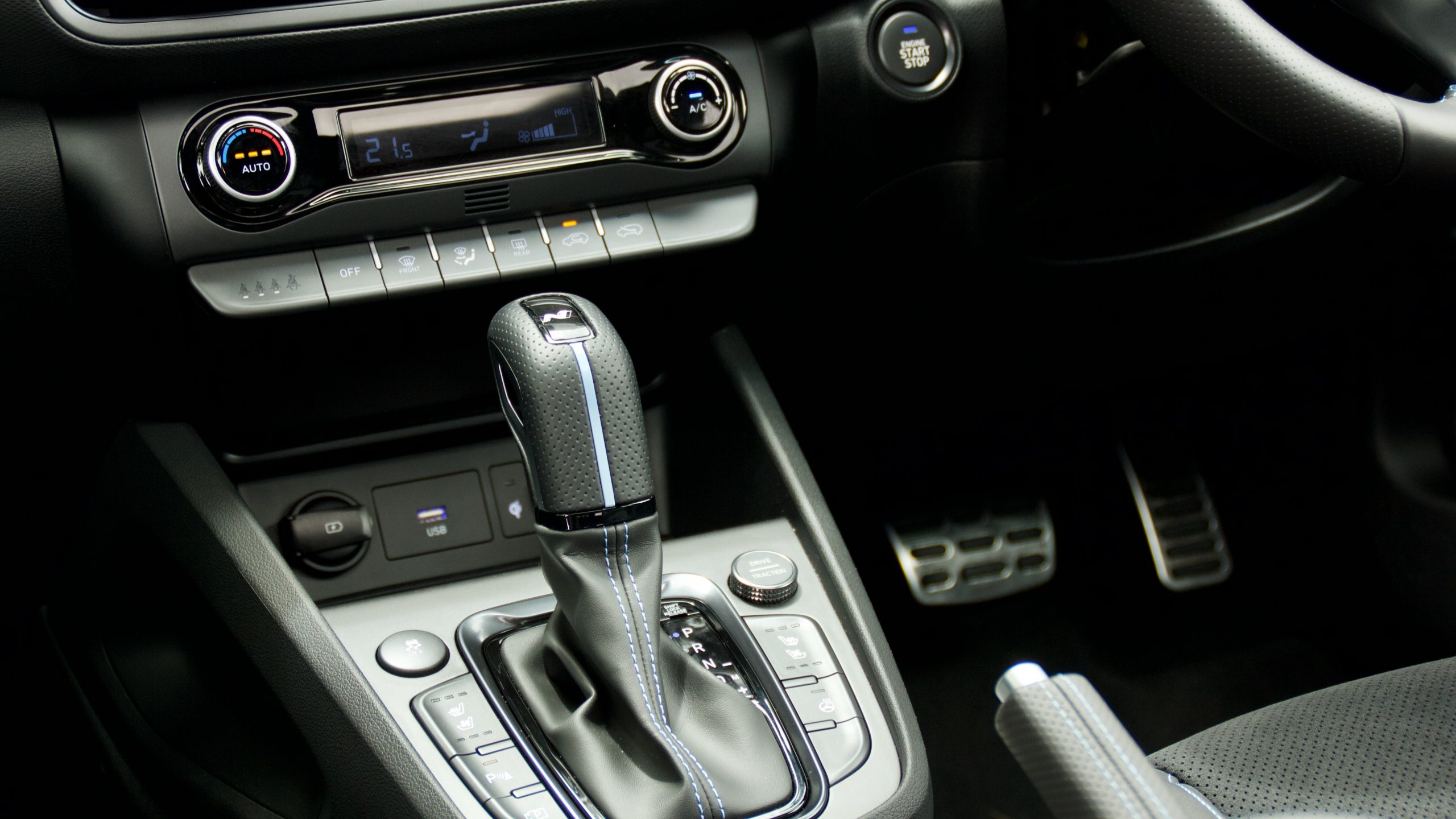
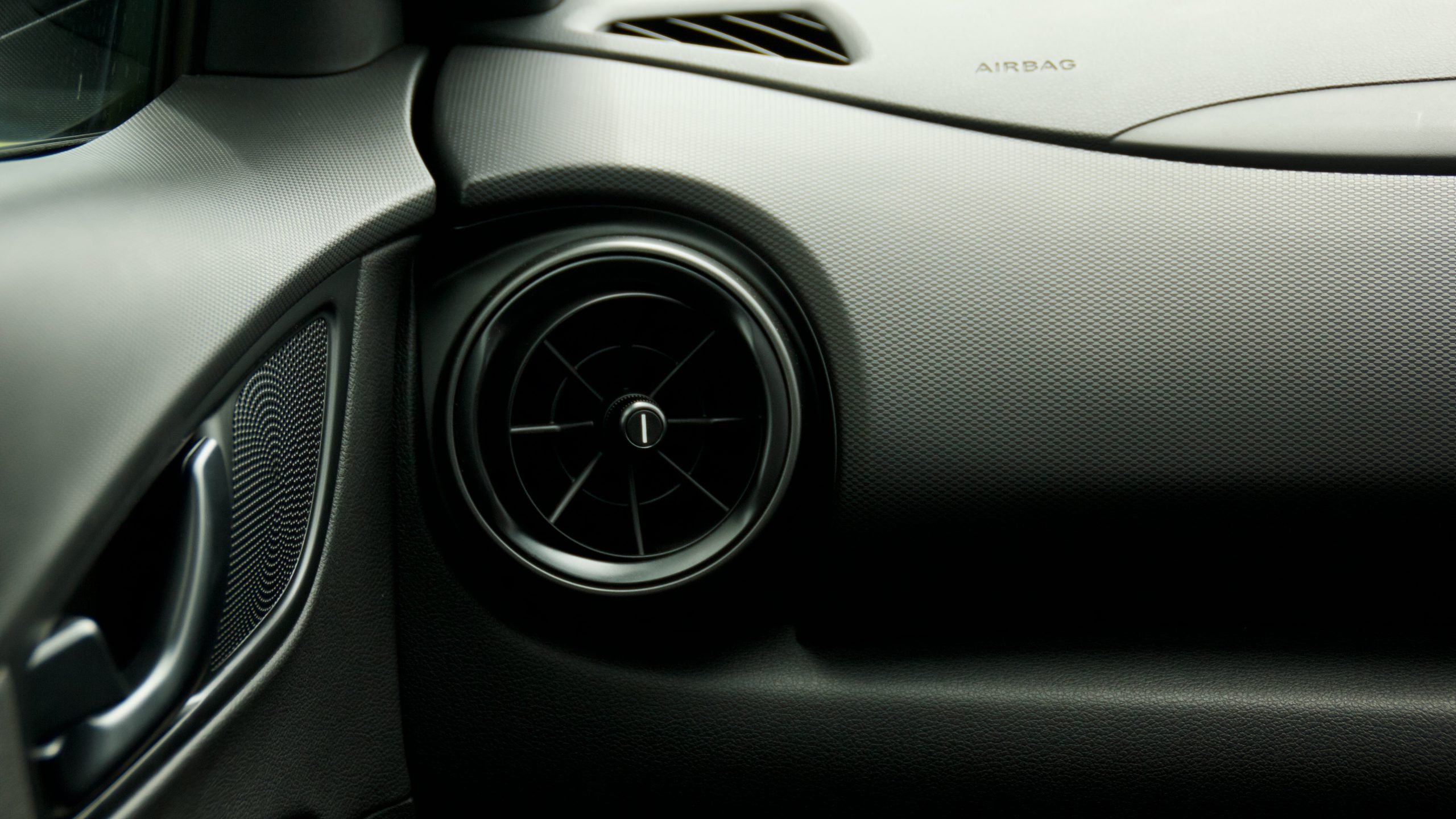
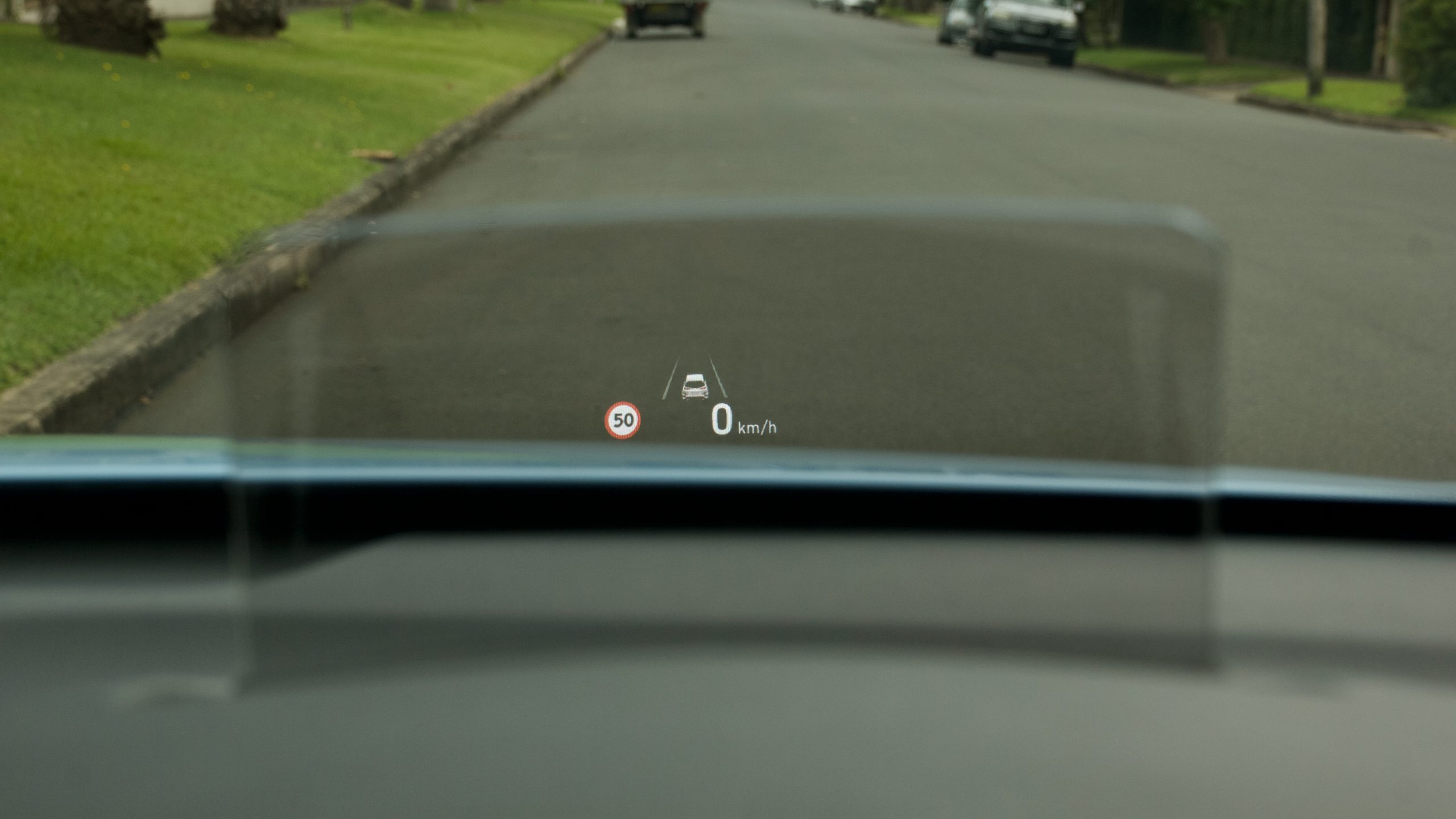
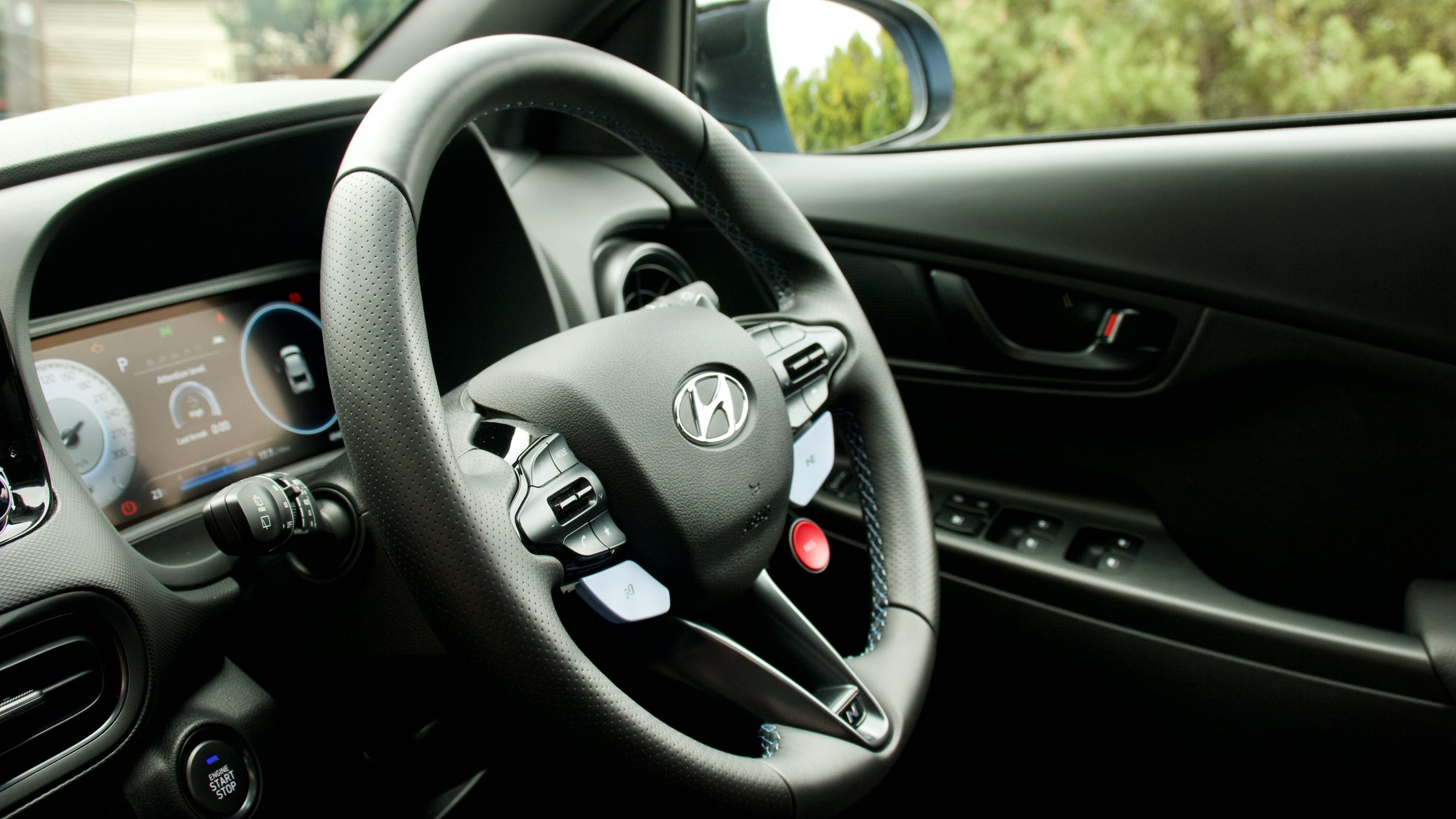

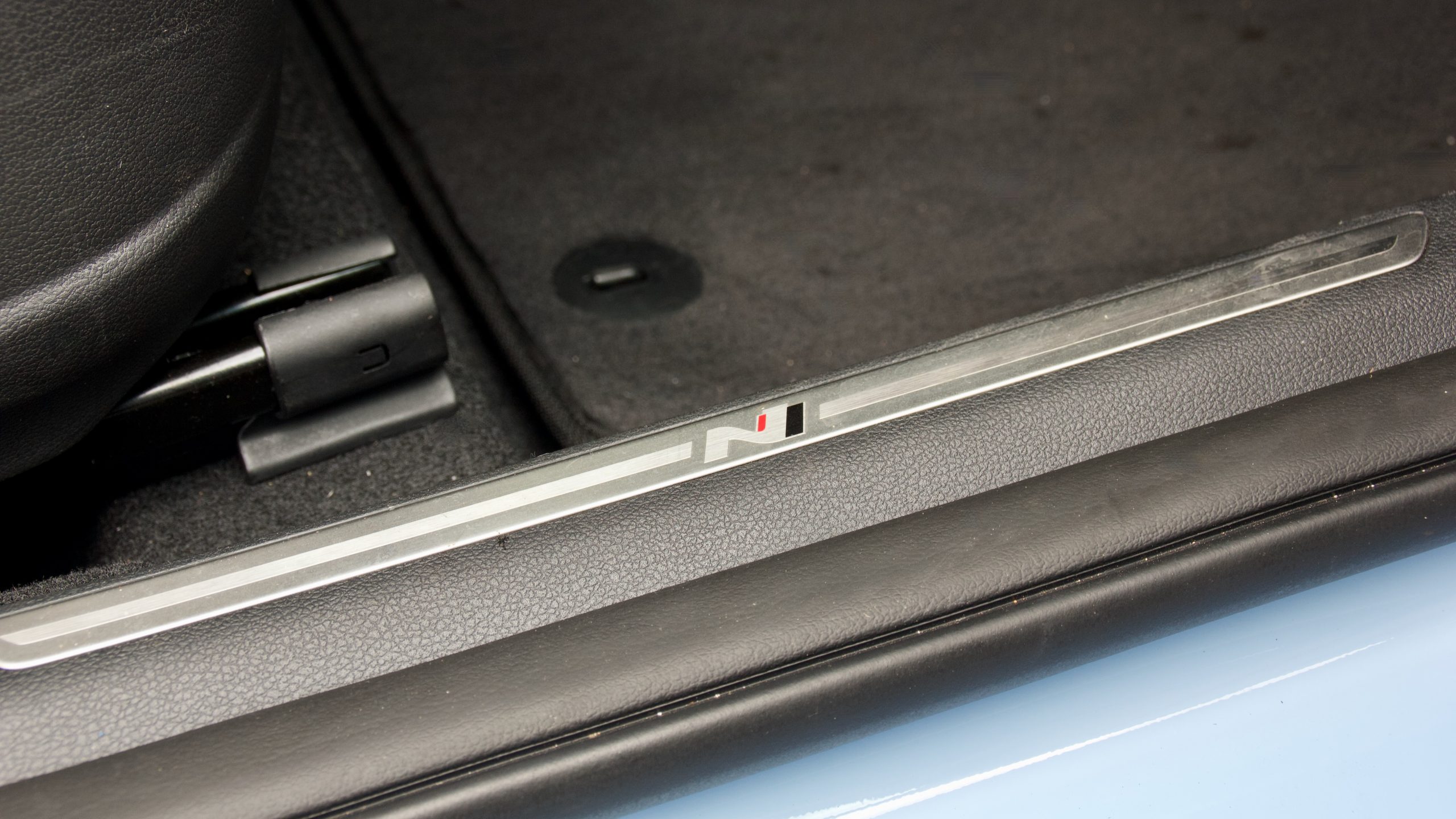
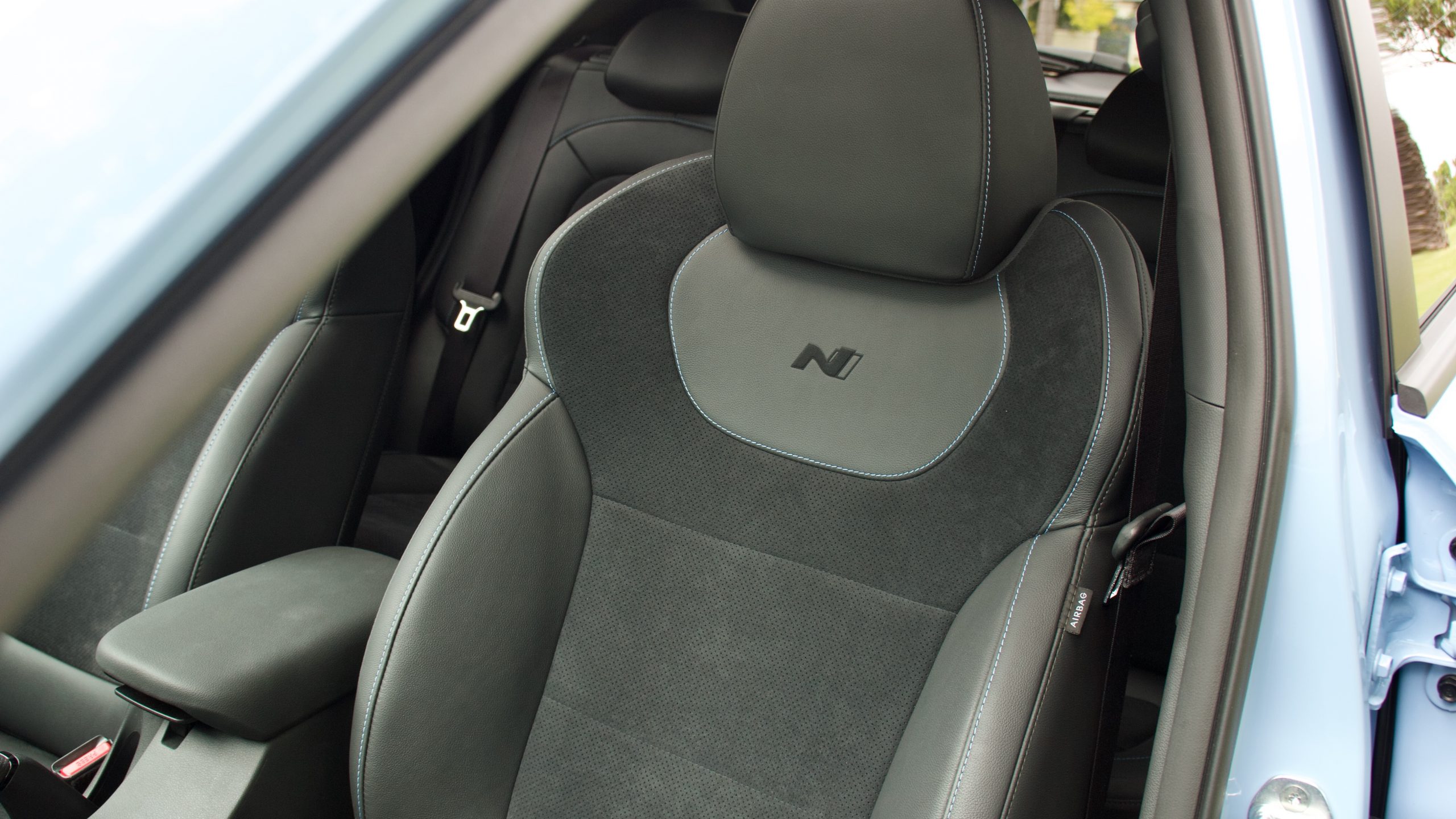
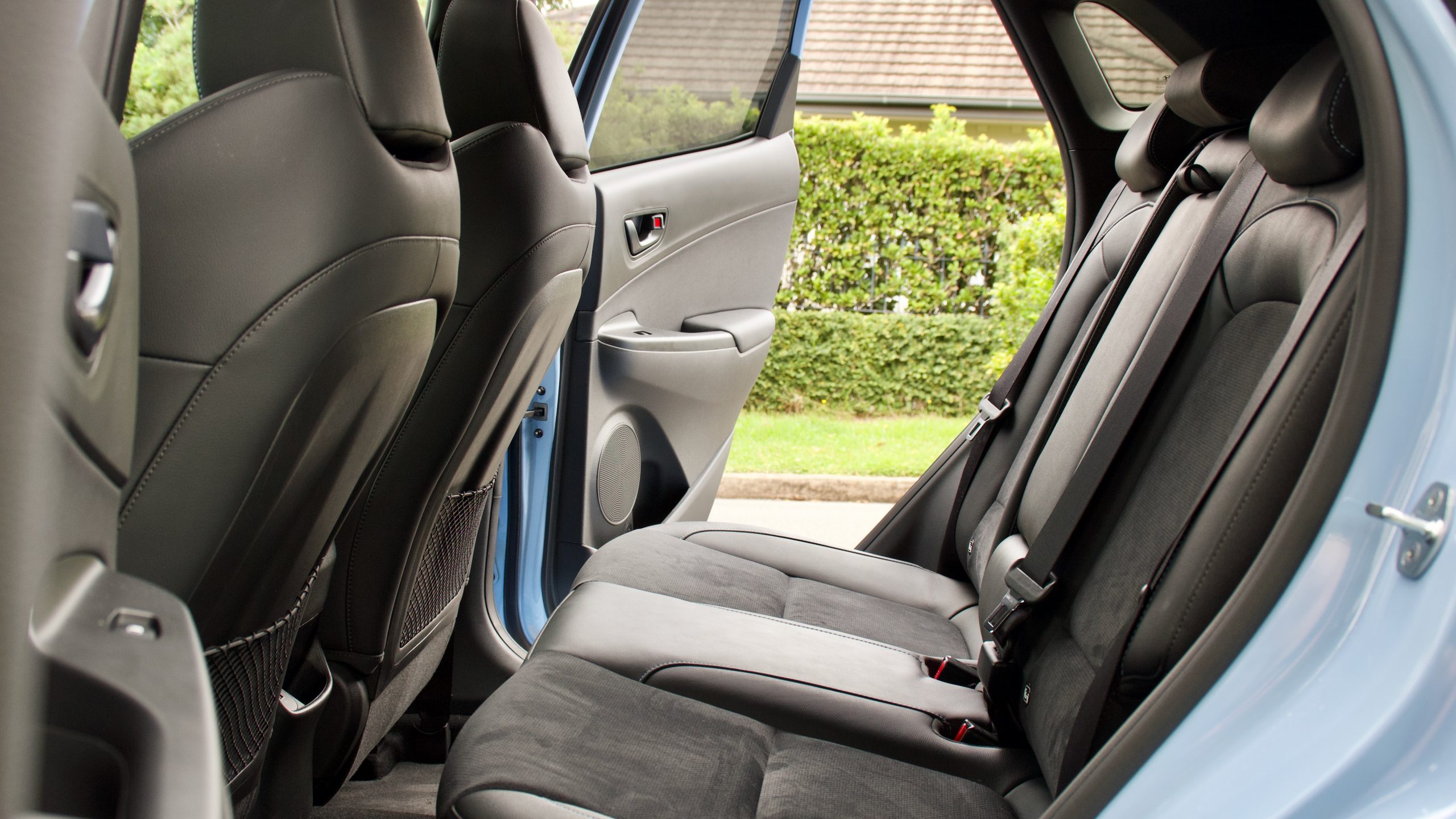
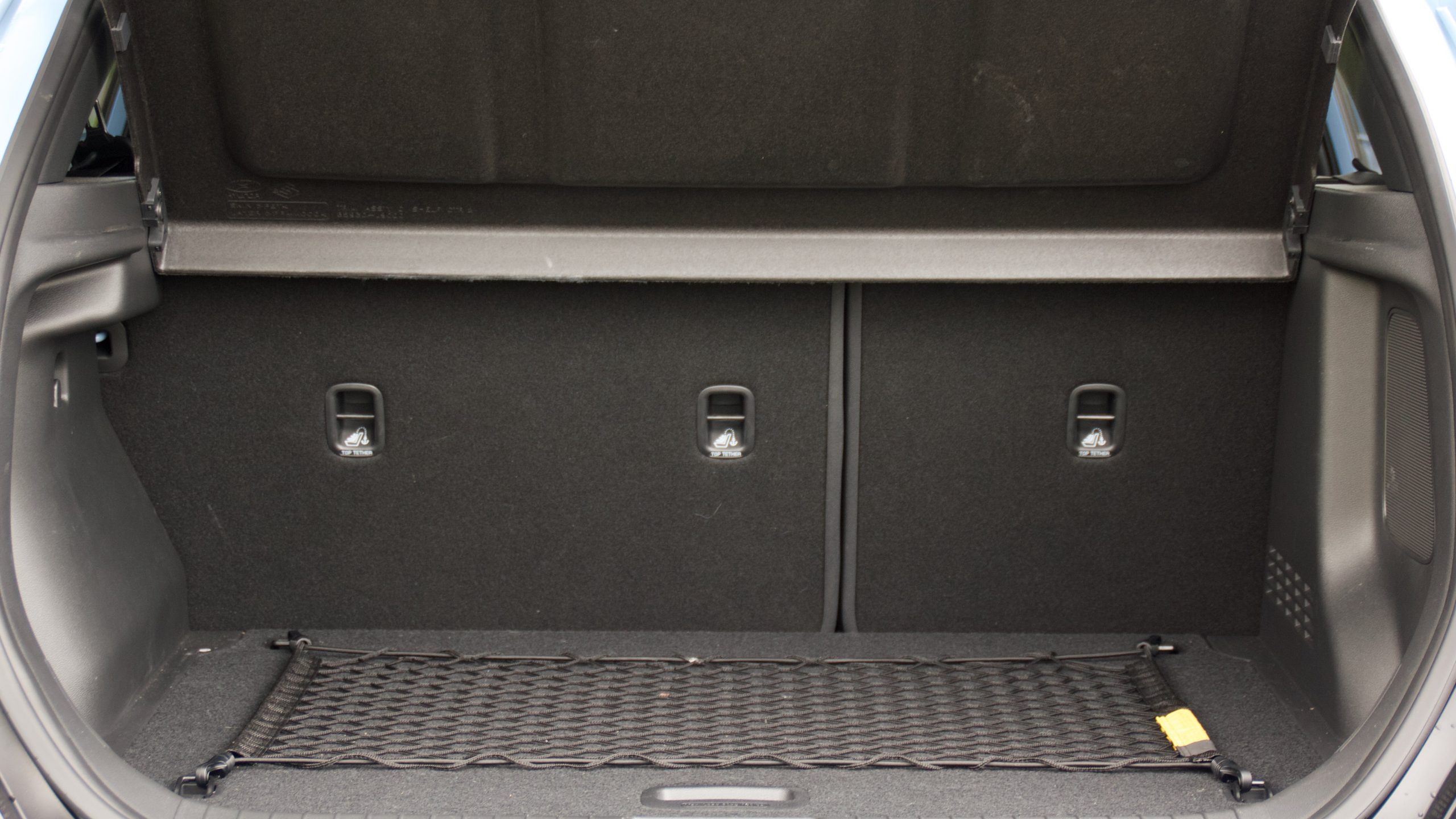
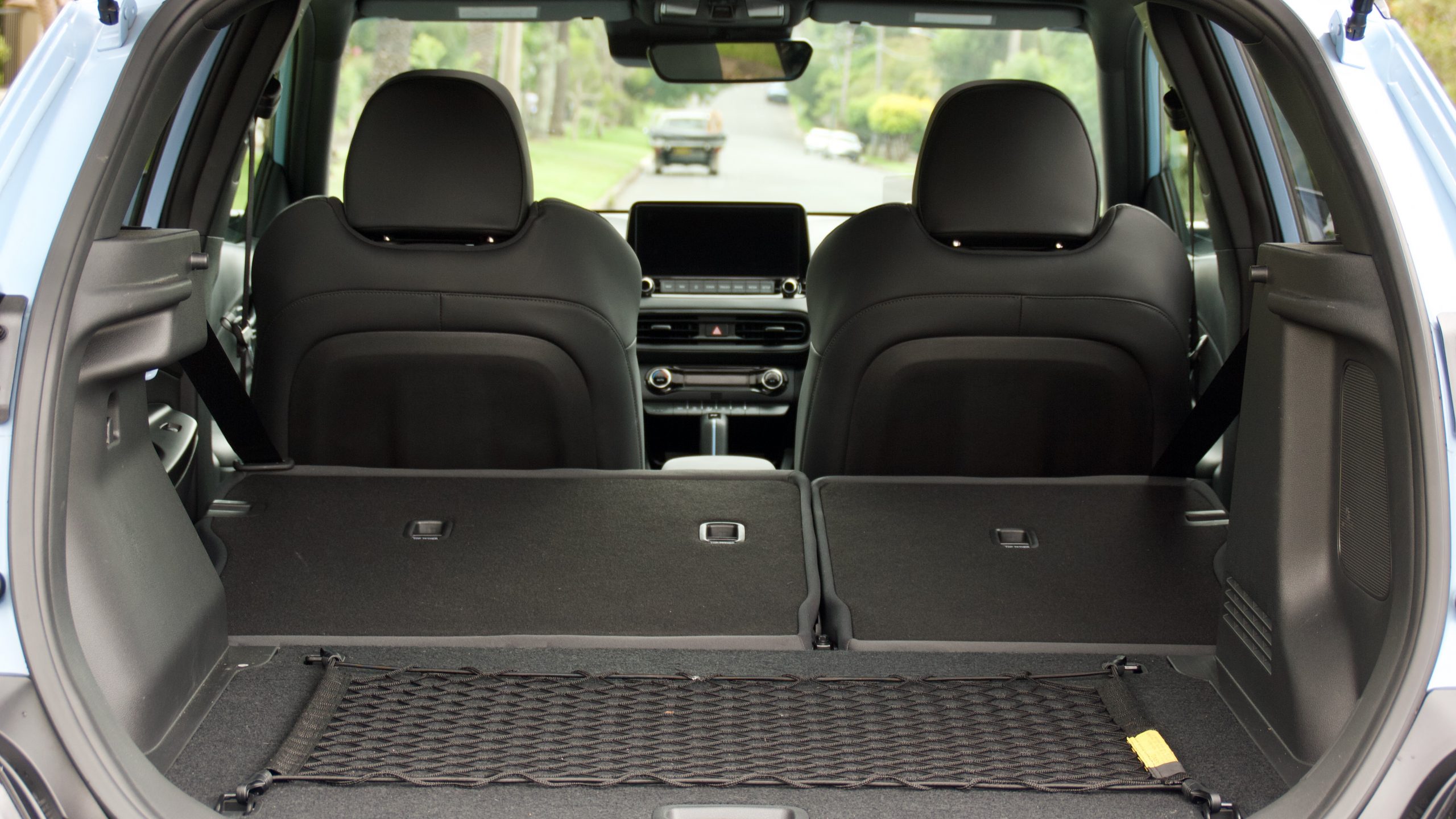
I have always had and love performance cars but as you get older you can’t get out of them they are just too low so I have to sell my m3 and bought aKona N Premium and I think it’s important to recognise our segment of the market when describing the Kona n premium. Because we have grey hair doesn’t mean we are beyond enjoying our driving. Thanks Bruce